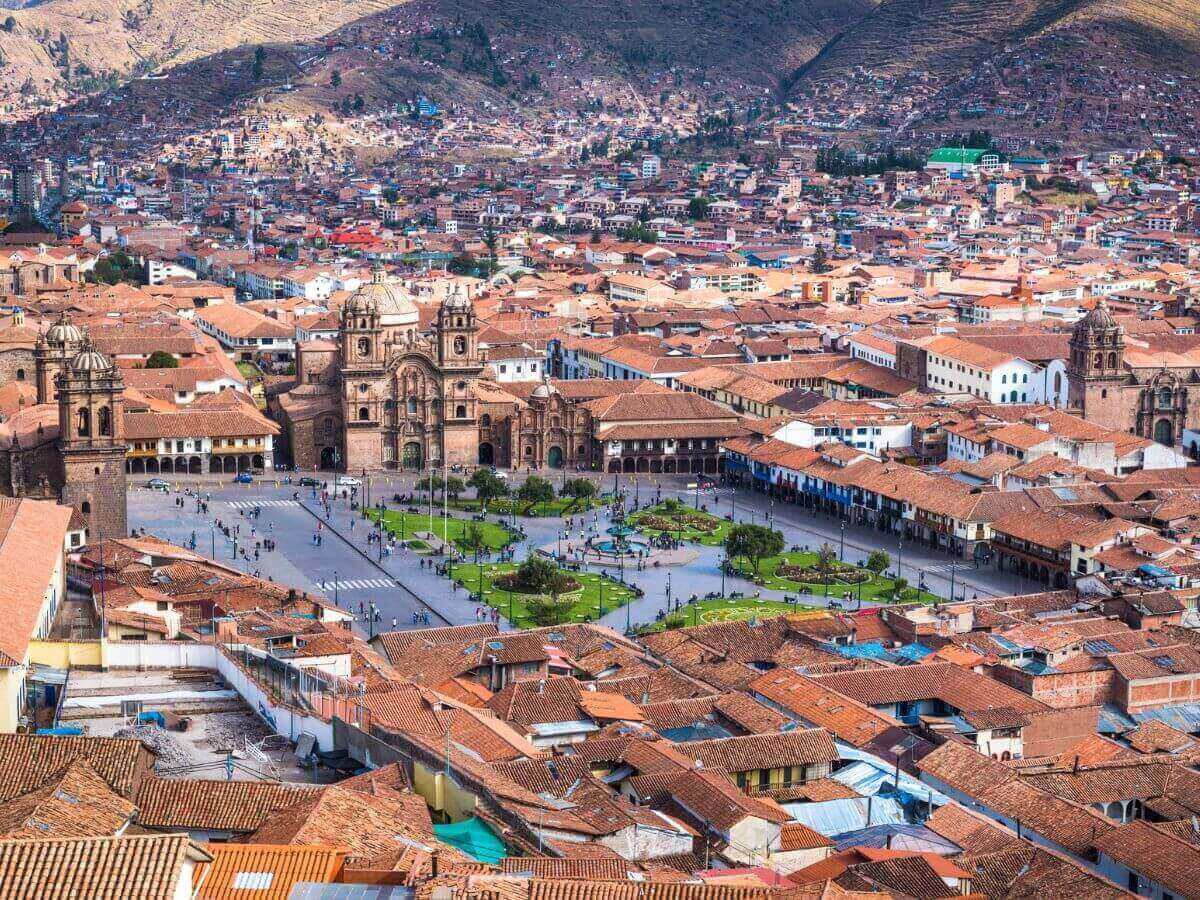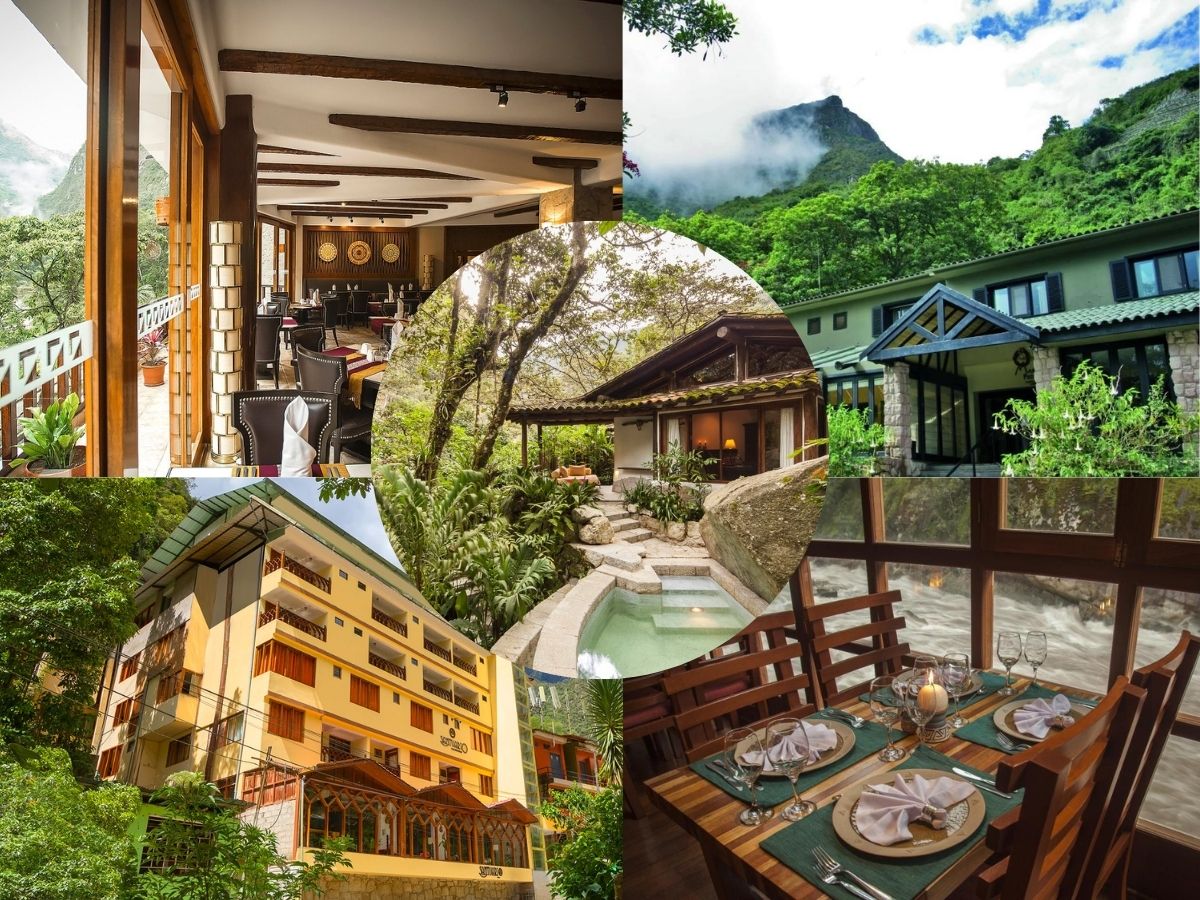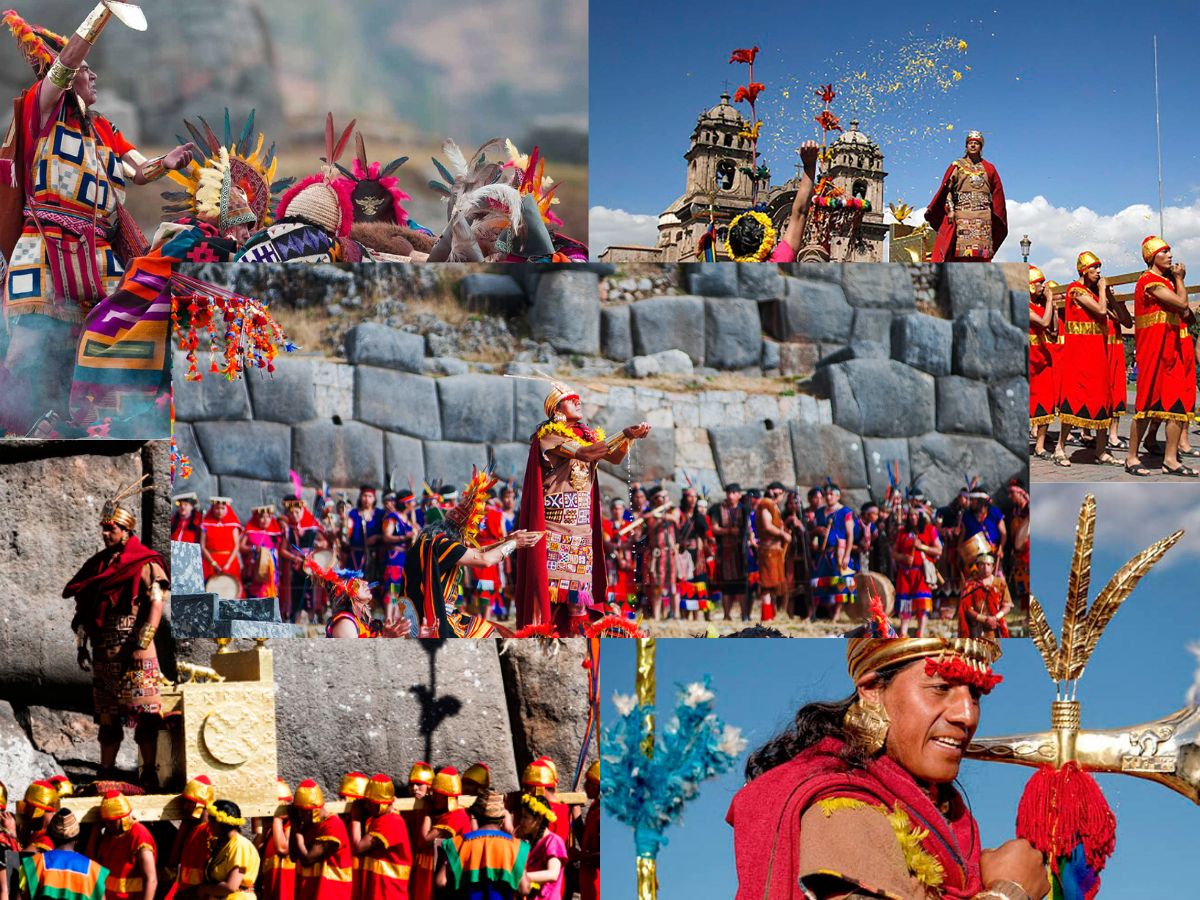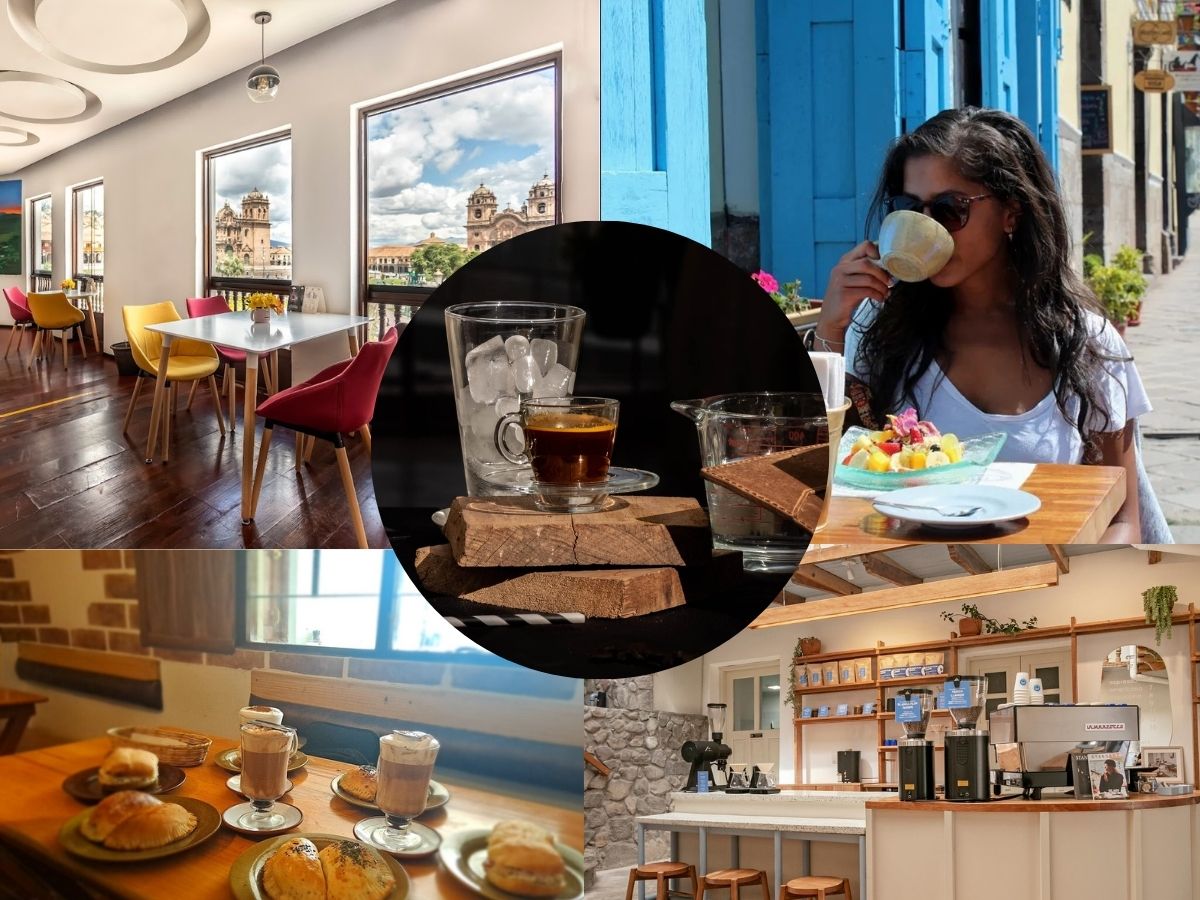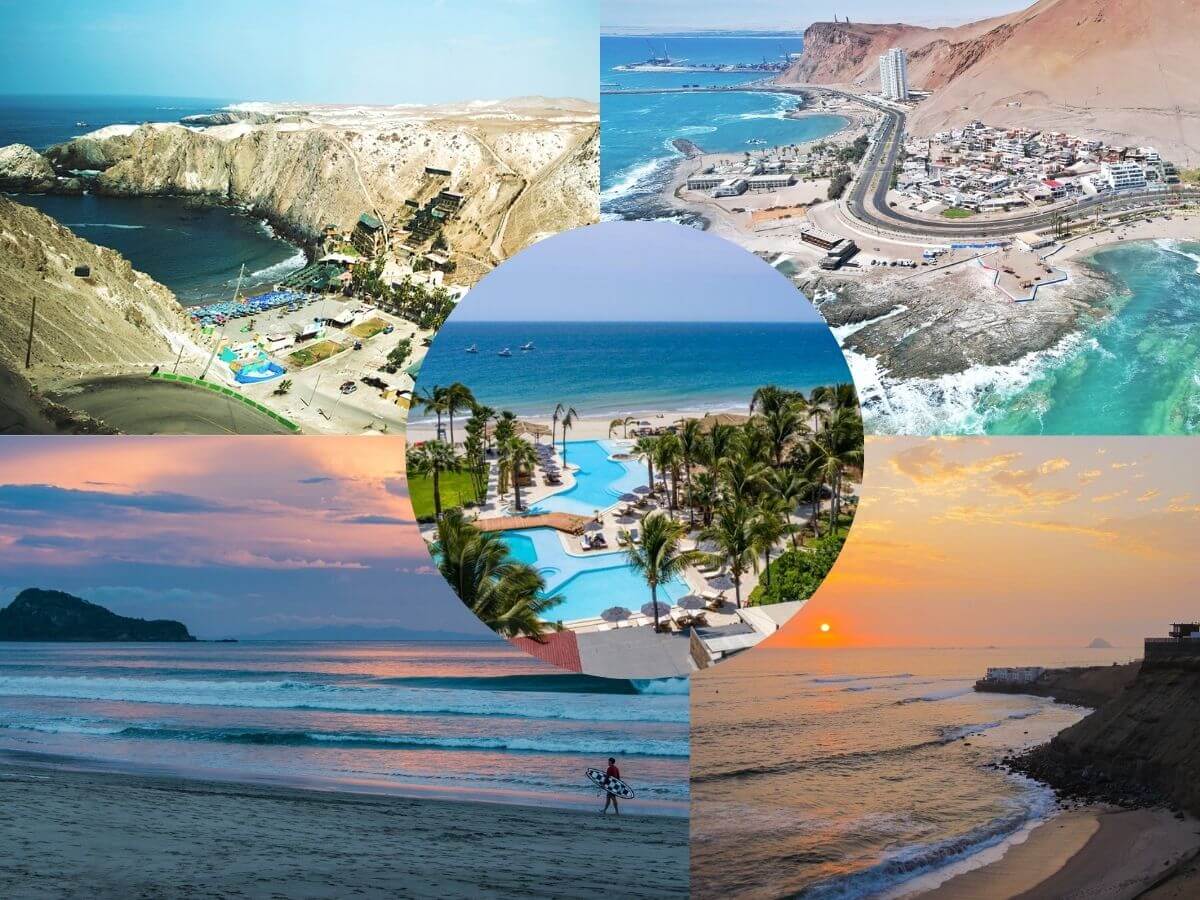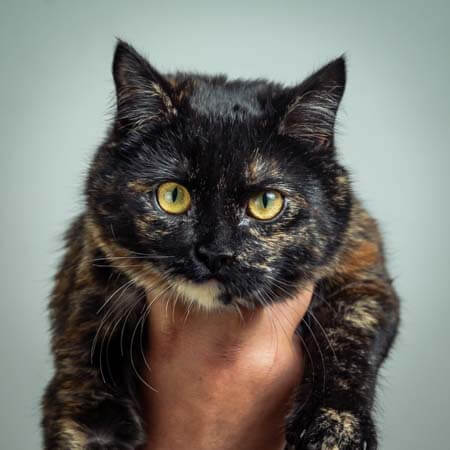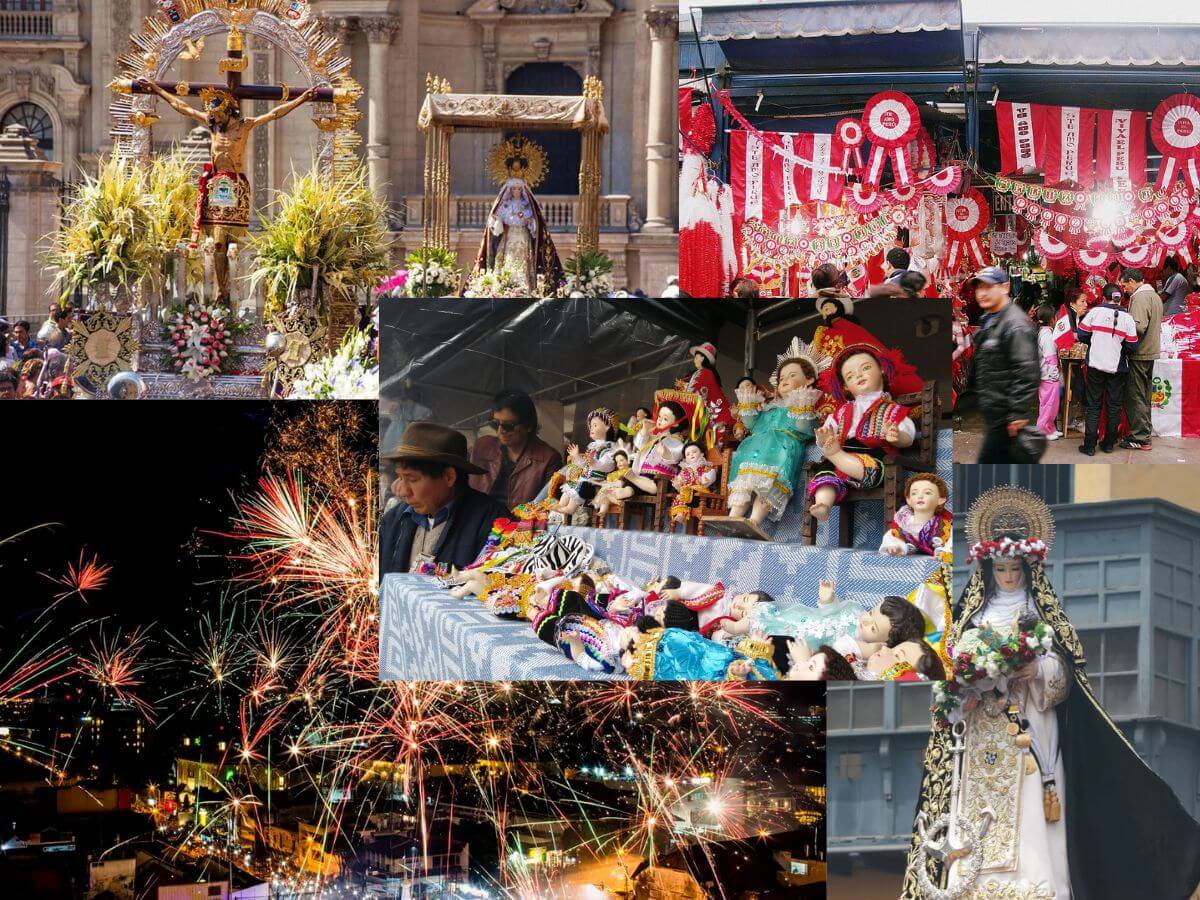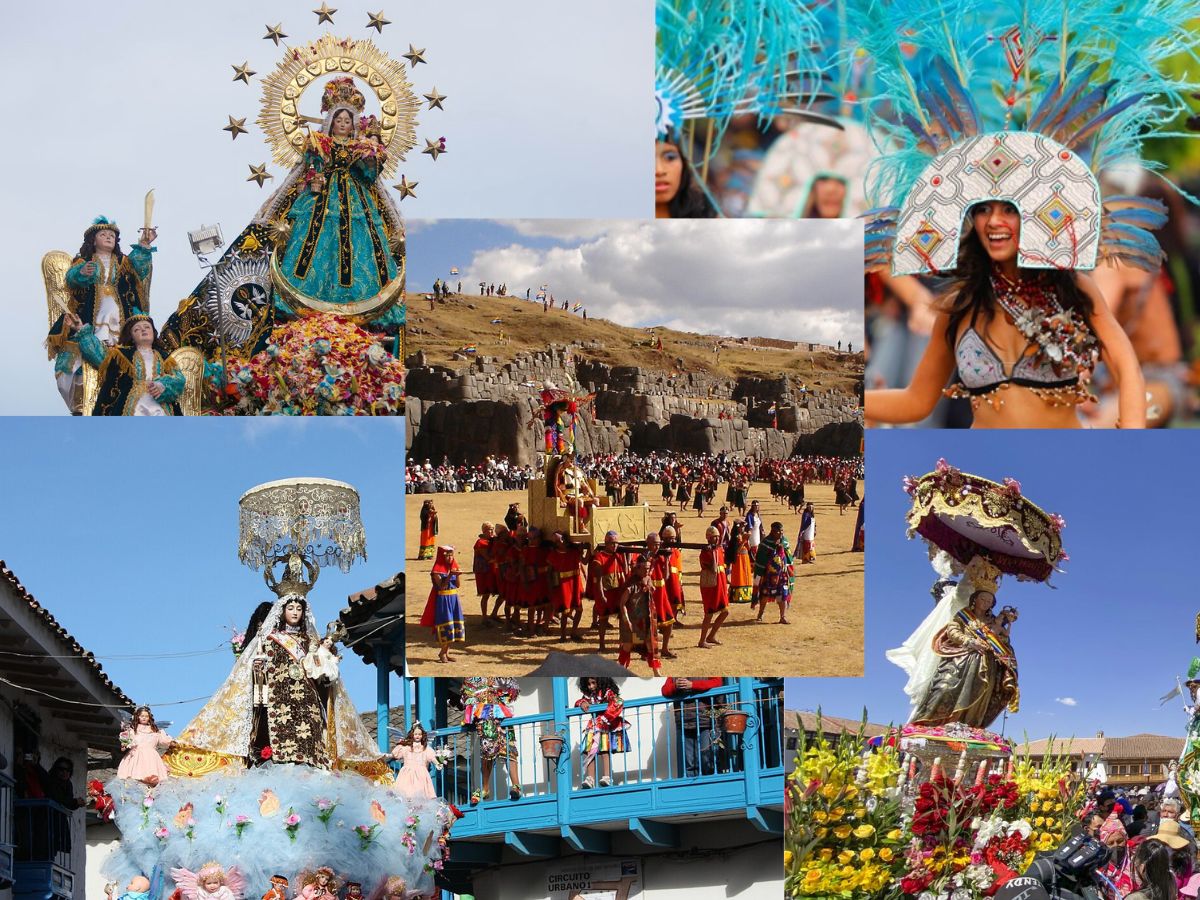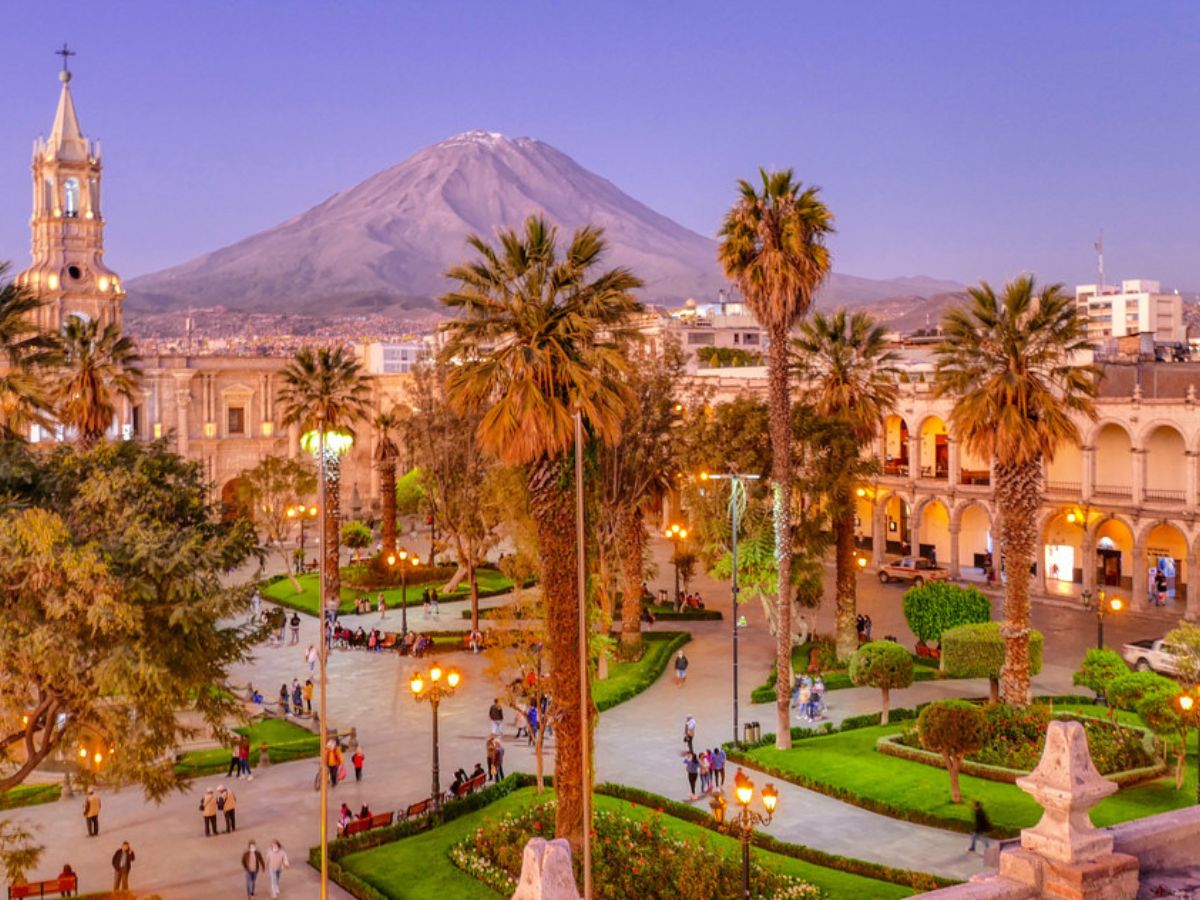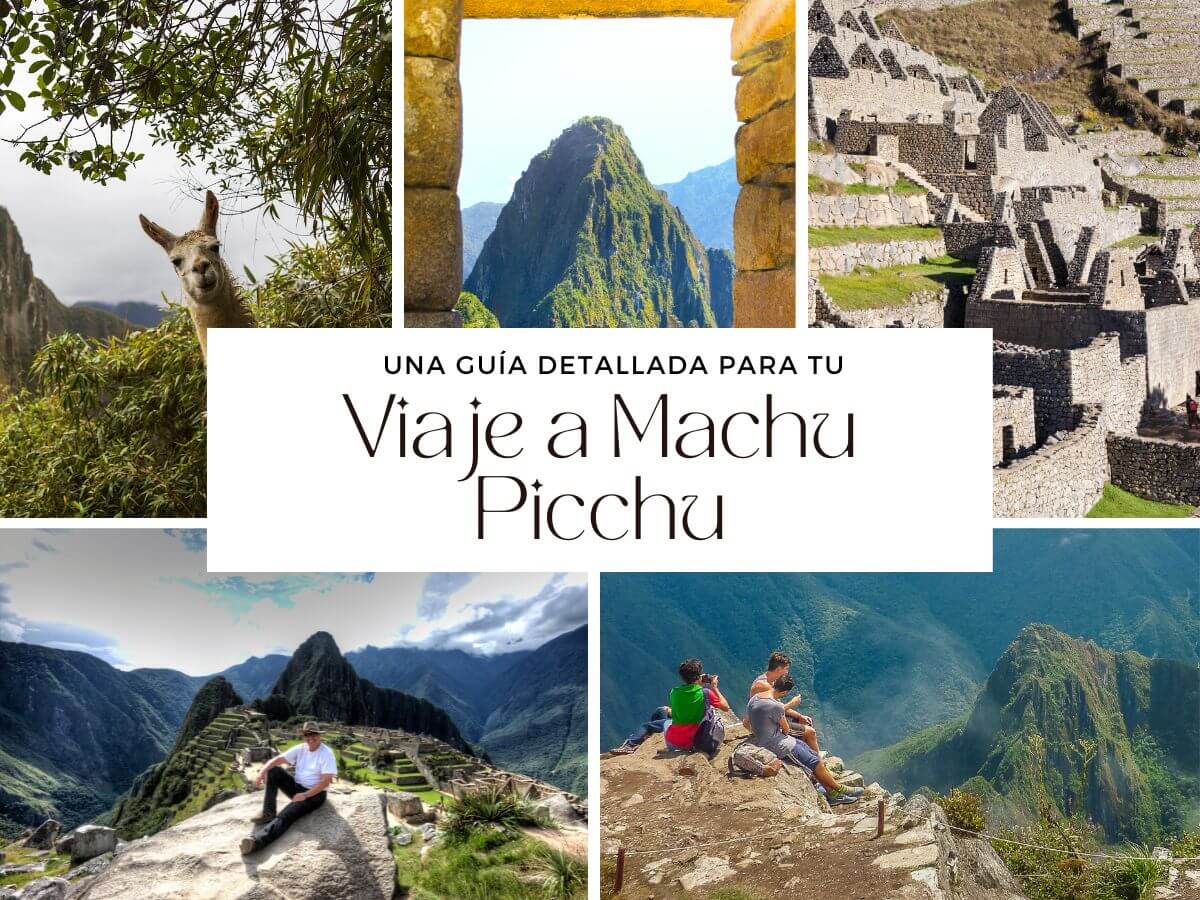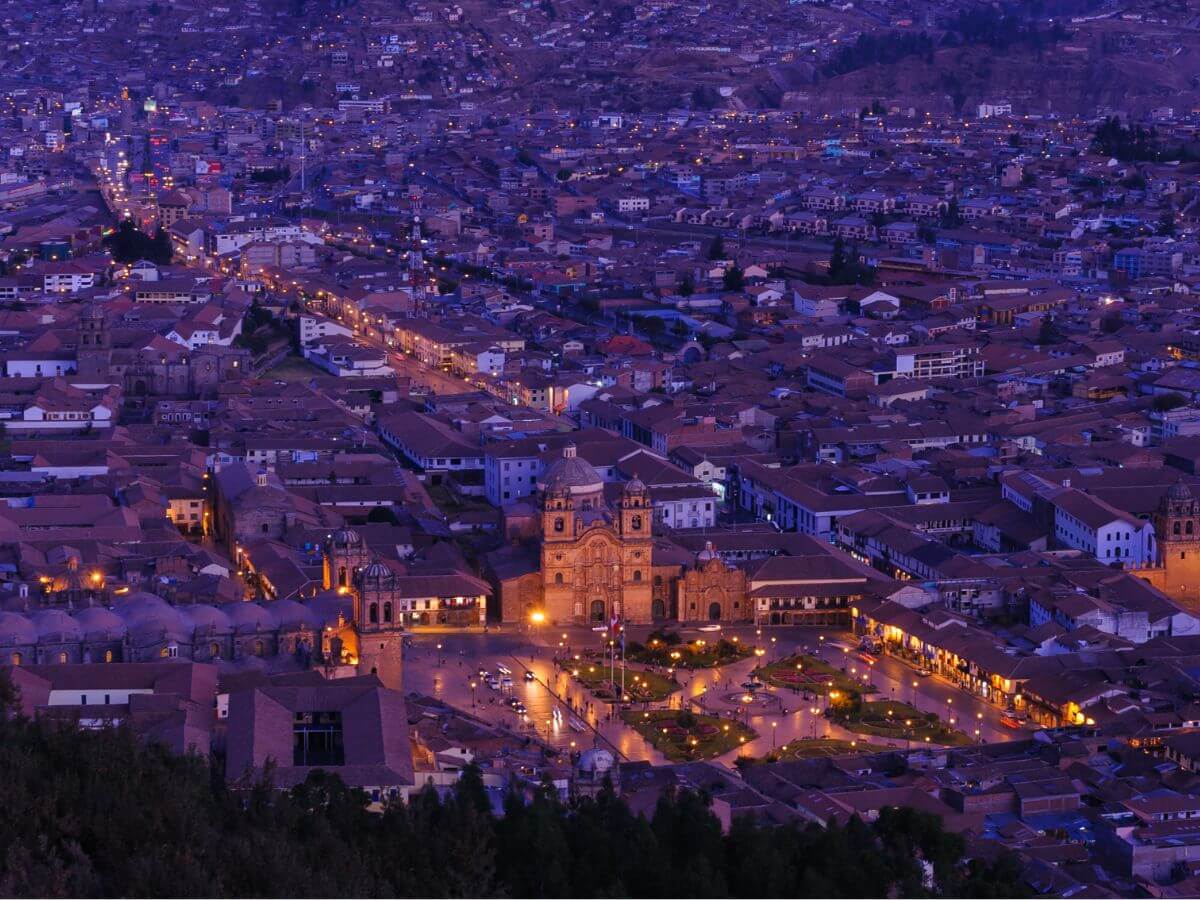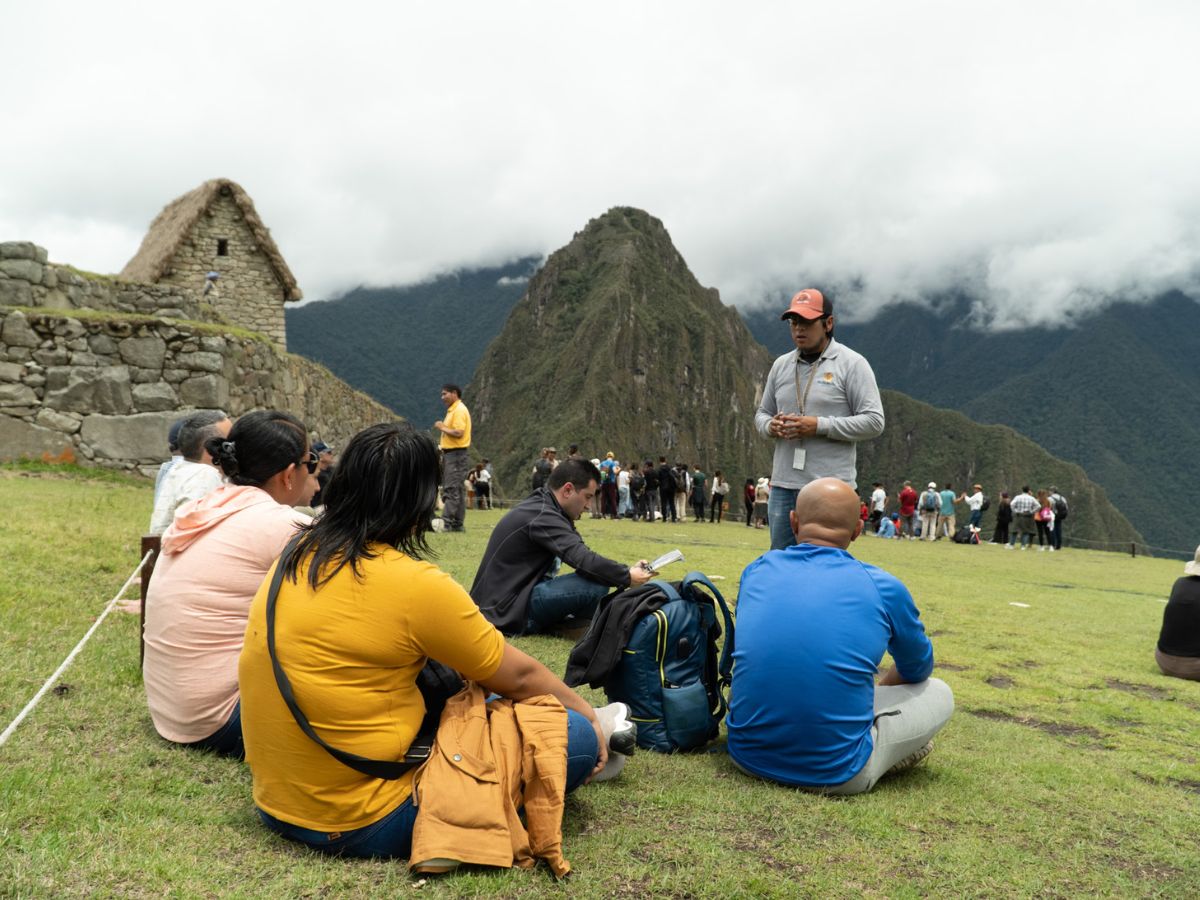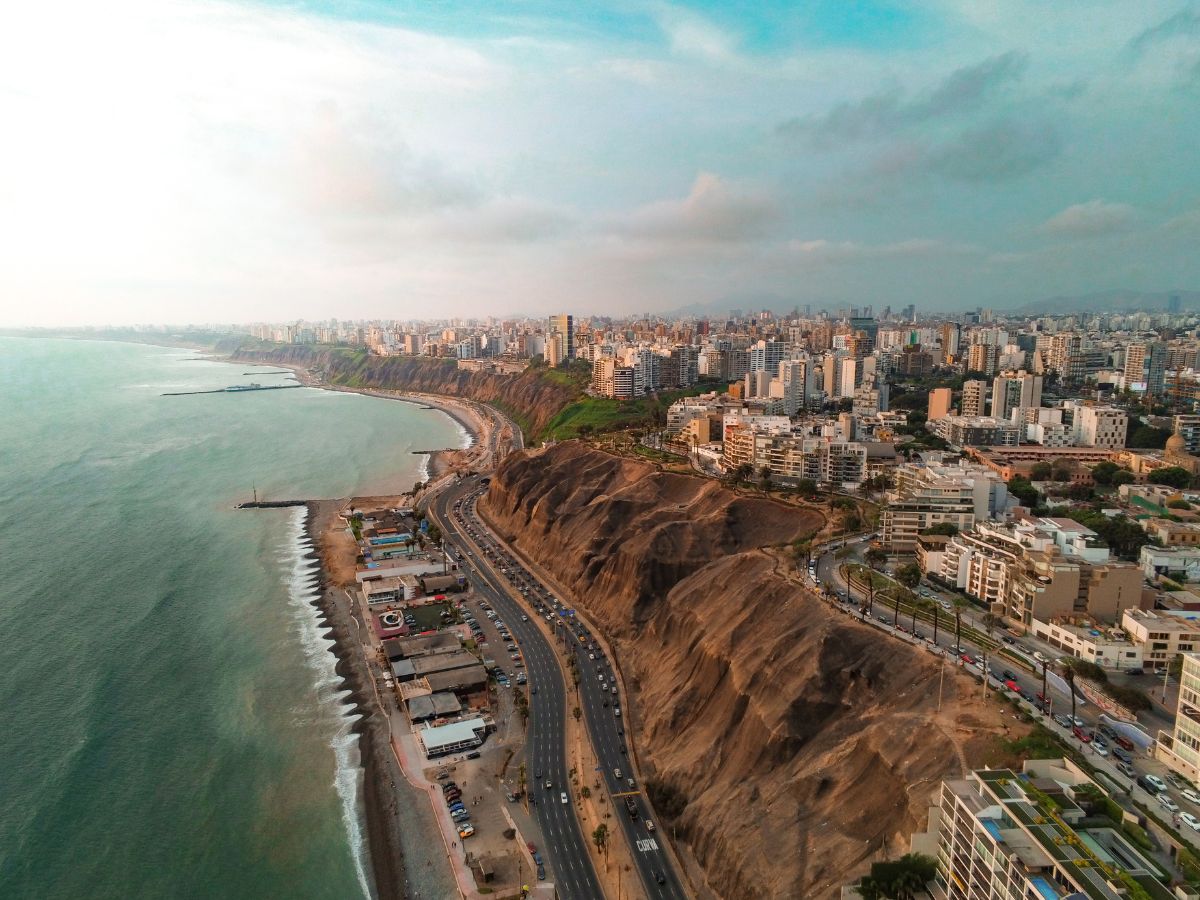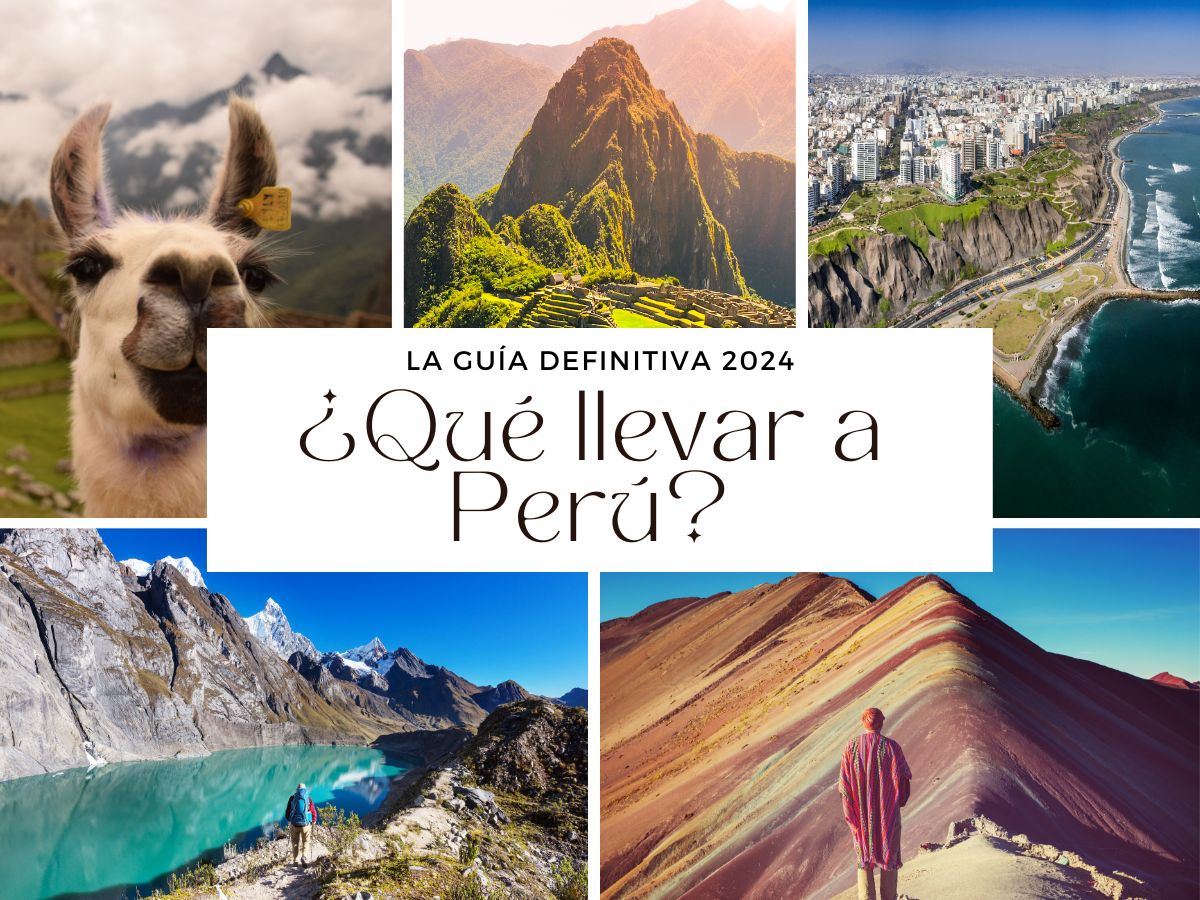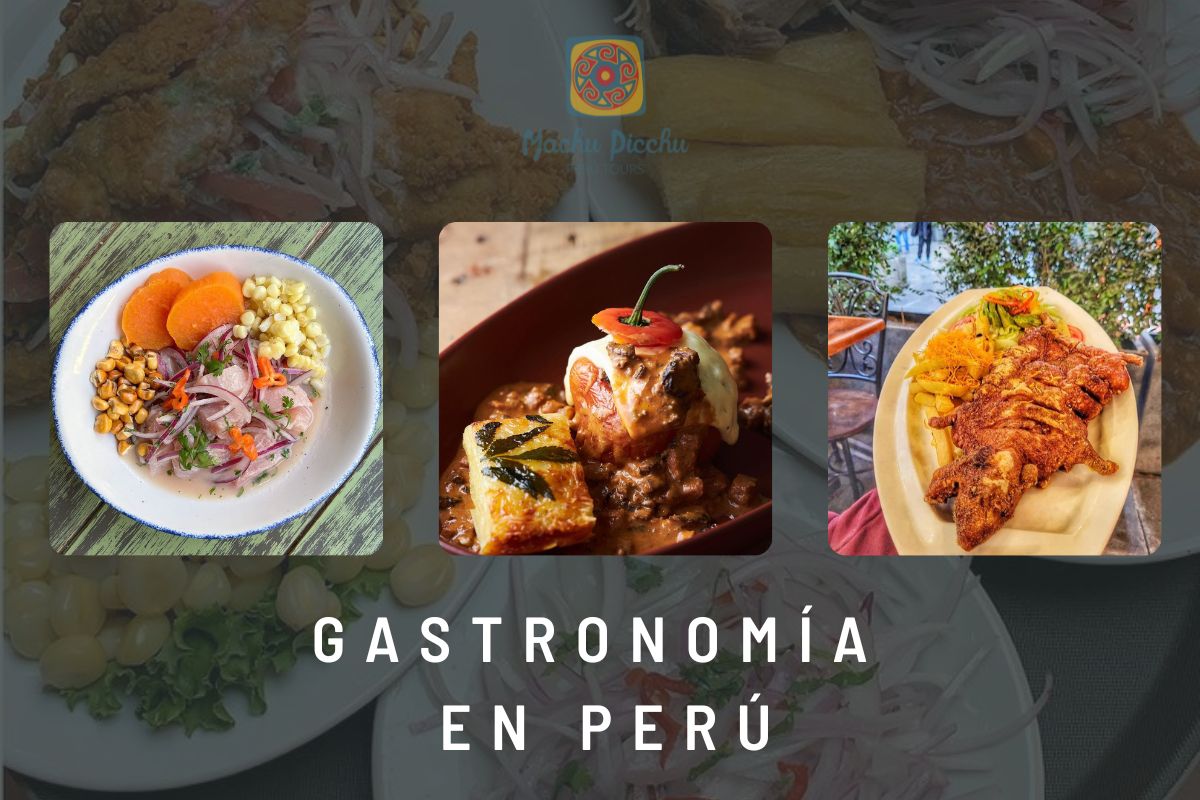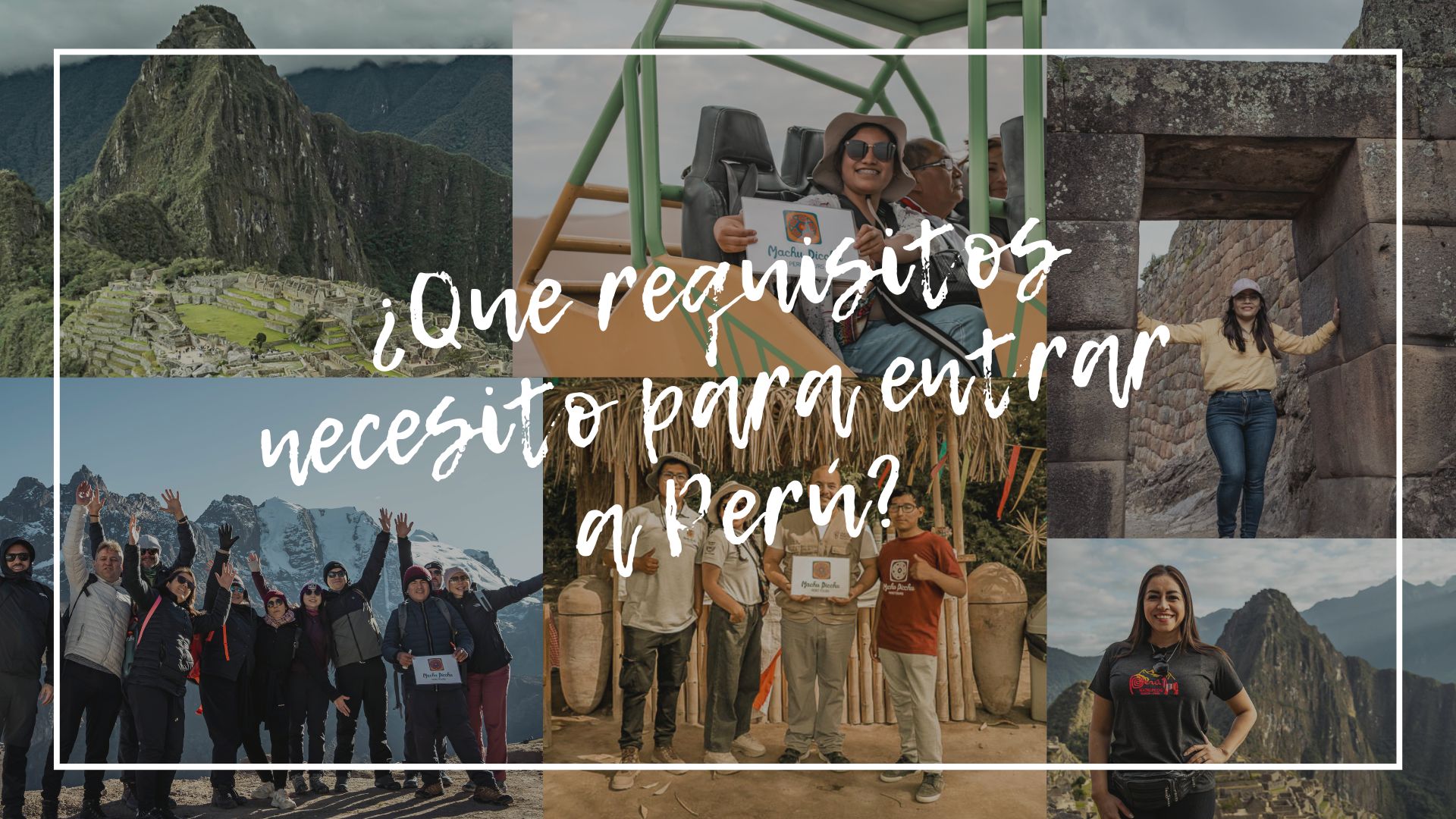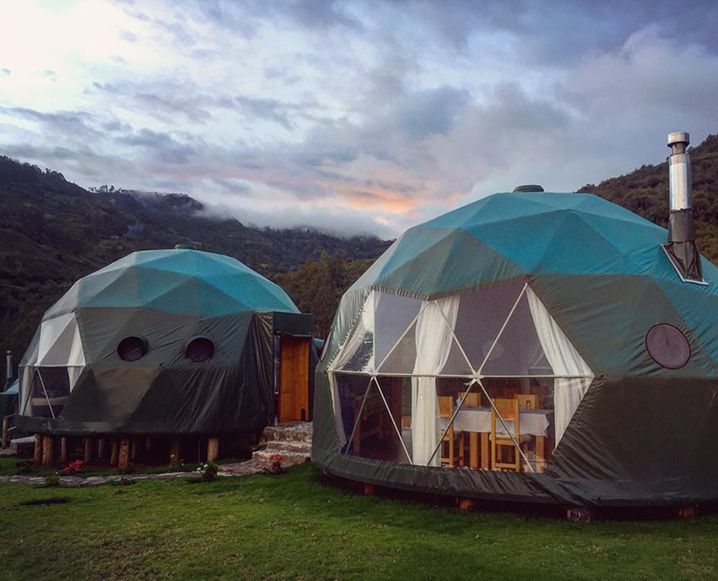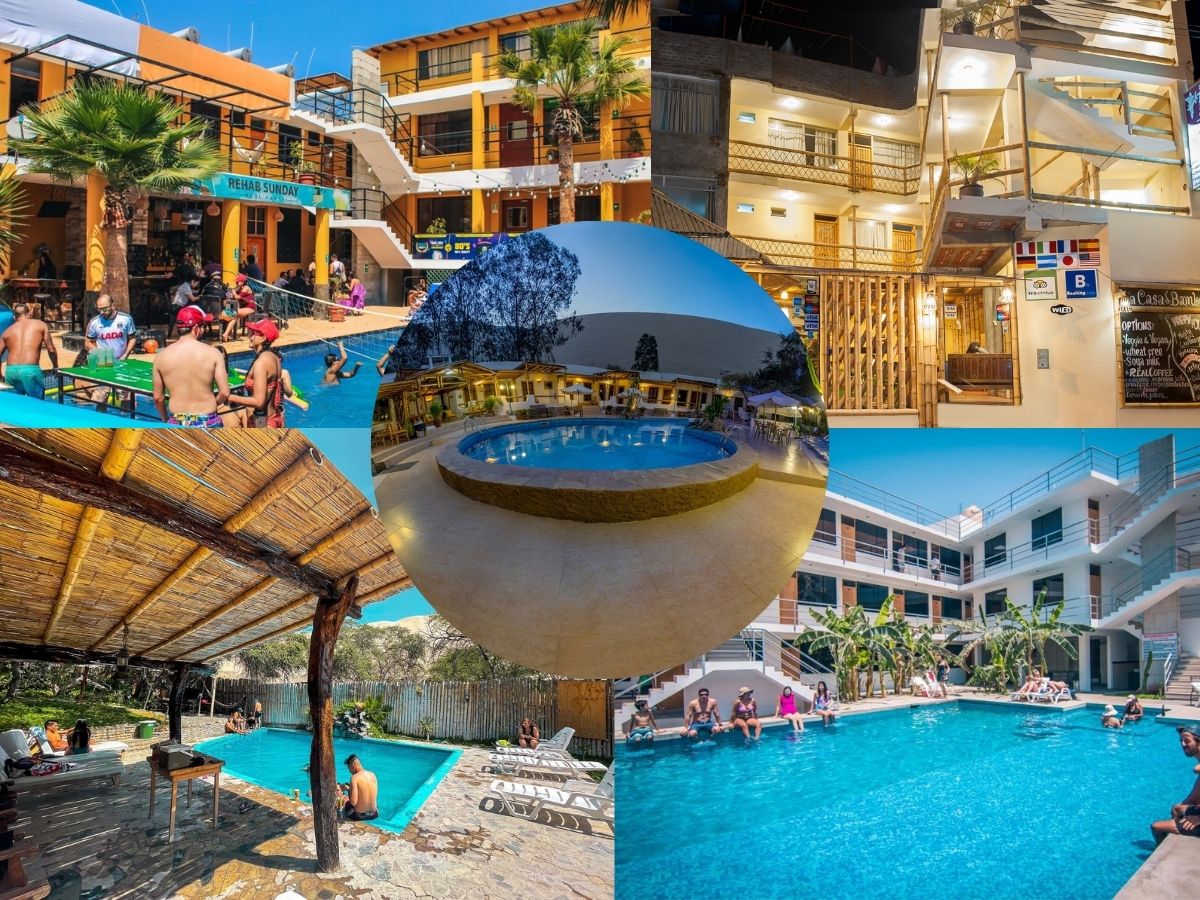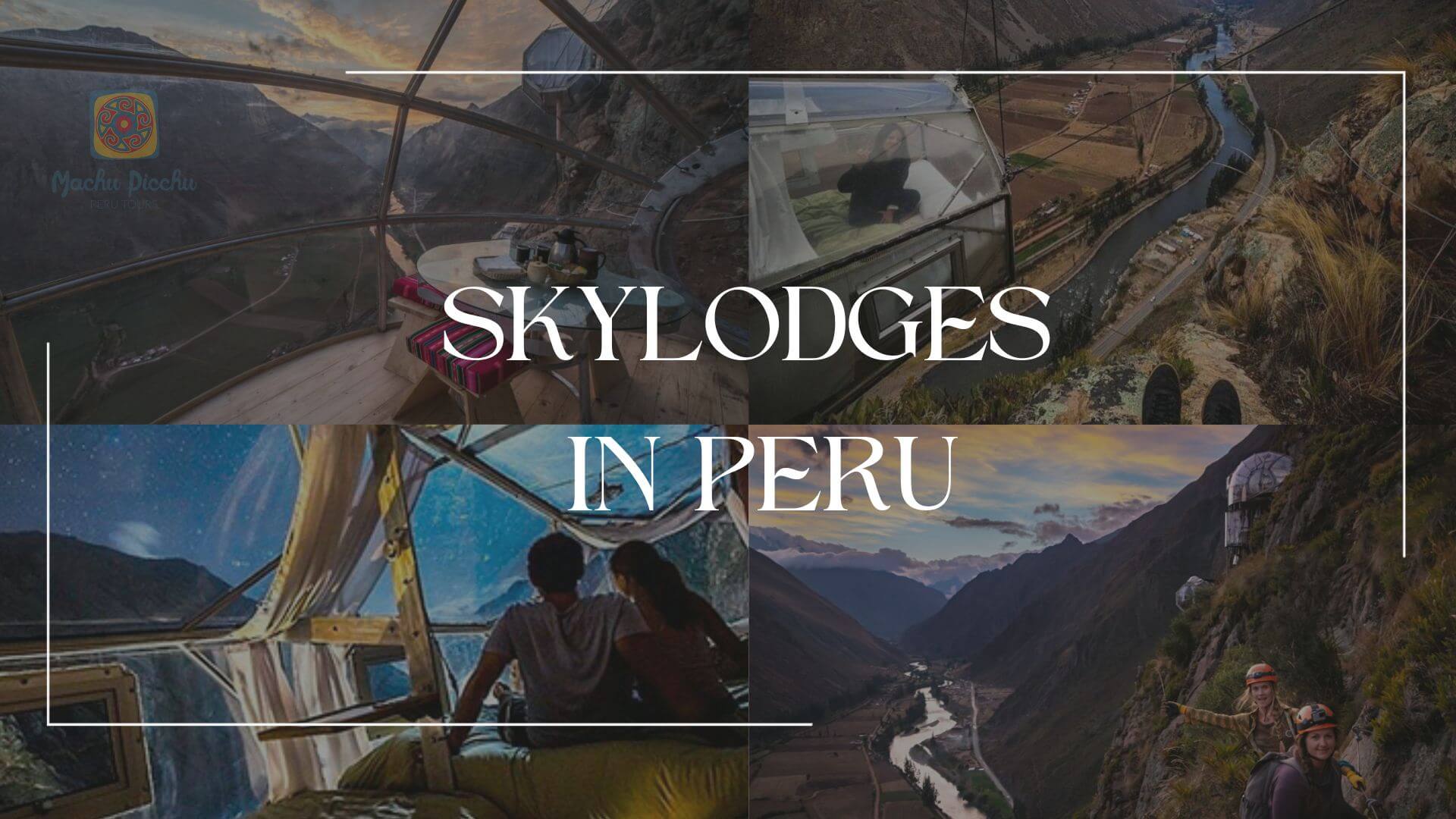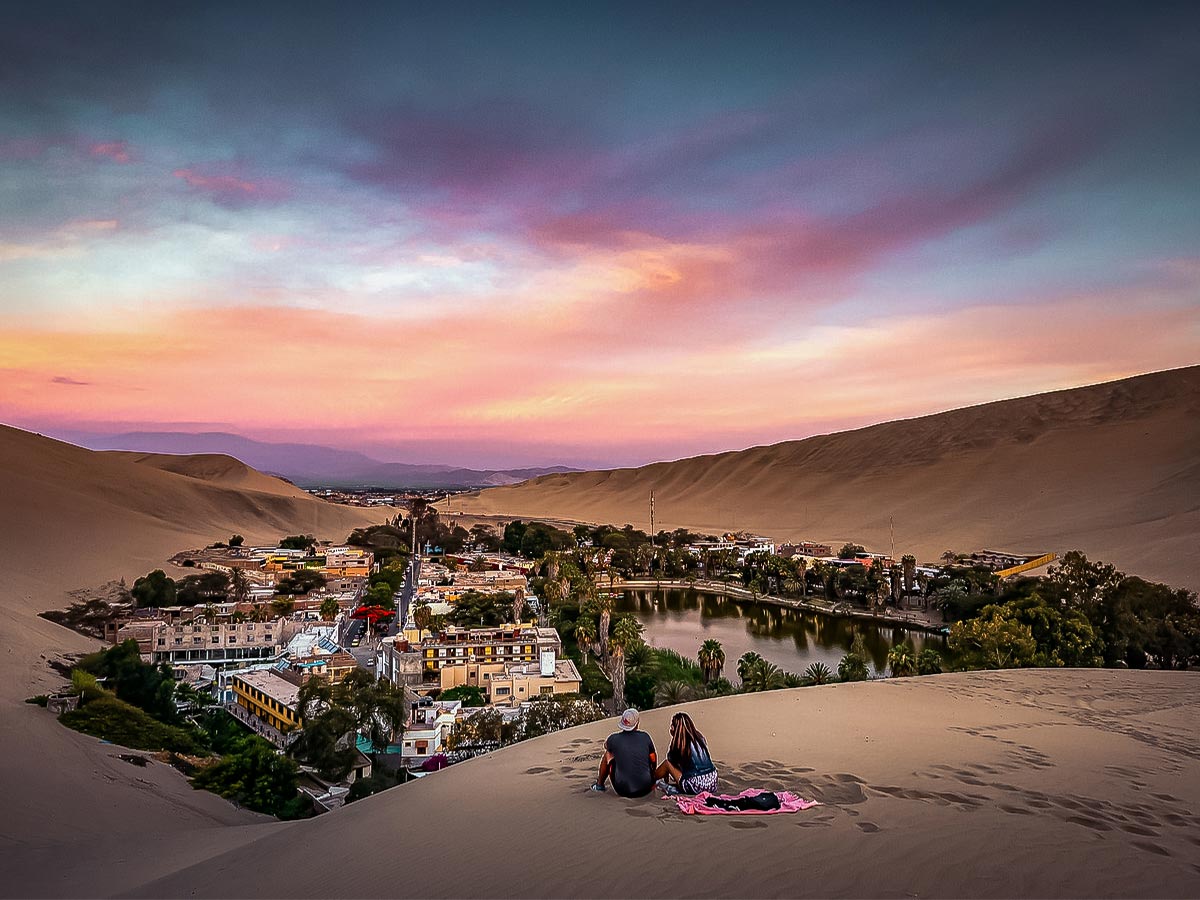¿What to do in Cusco to experience the grandiosity and the beauty of the history and their surroundings?
If you wonder what to do in Cusco and how you can explore the marvelous city that was the capital of the Inca Empire, you are about to embark on a unique trip. Cusco, most known as the city that has one of the seven marvelous of the world, offers a unique experience that combines the charm of the past with the present. In this article, we gonna see what are the essential places that you can’t lose in Cusco and the exciting activities that you can do in their surroundings.
Before the start, we recommend you check our various tours in Cusco and the best packages to Machu Picchu to know this unique marvelous that only Cusco can offer you.
Explore the Historic Center: The Essence of Cusco
Something that you should know on your arrival is that the trueness treasures of Cusco are in the historic center, which is impressive because of the streets and places that are around the center. Here, there are some of the places included:
The Main Square: Plaza de Armas
The Main Square “Plaza de Armas” is considered the heart of Cusco, because it was witness to the arquitectal transformation from the Inca era, to the arrival of the Spains. But this emblematic square is historic because was the epicenter of the social, political, and cultural life in the city, with a lot of history that gives a vibrant energy to each Cusco person.
Around the Plaza de Armas of Cusco are located the principal churches, also of beautiful places like coffee shops and restaurants that make your visit to the Plaza de Armas more pleasurable. You can’t lose the opportunity to know the Plaza de Armas on your trip, take note of your list of things to do in Cusco.
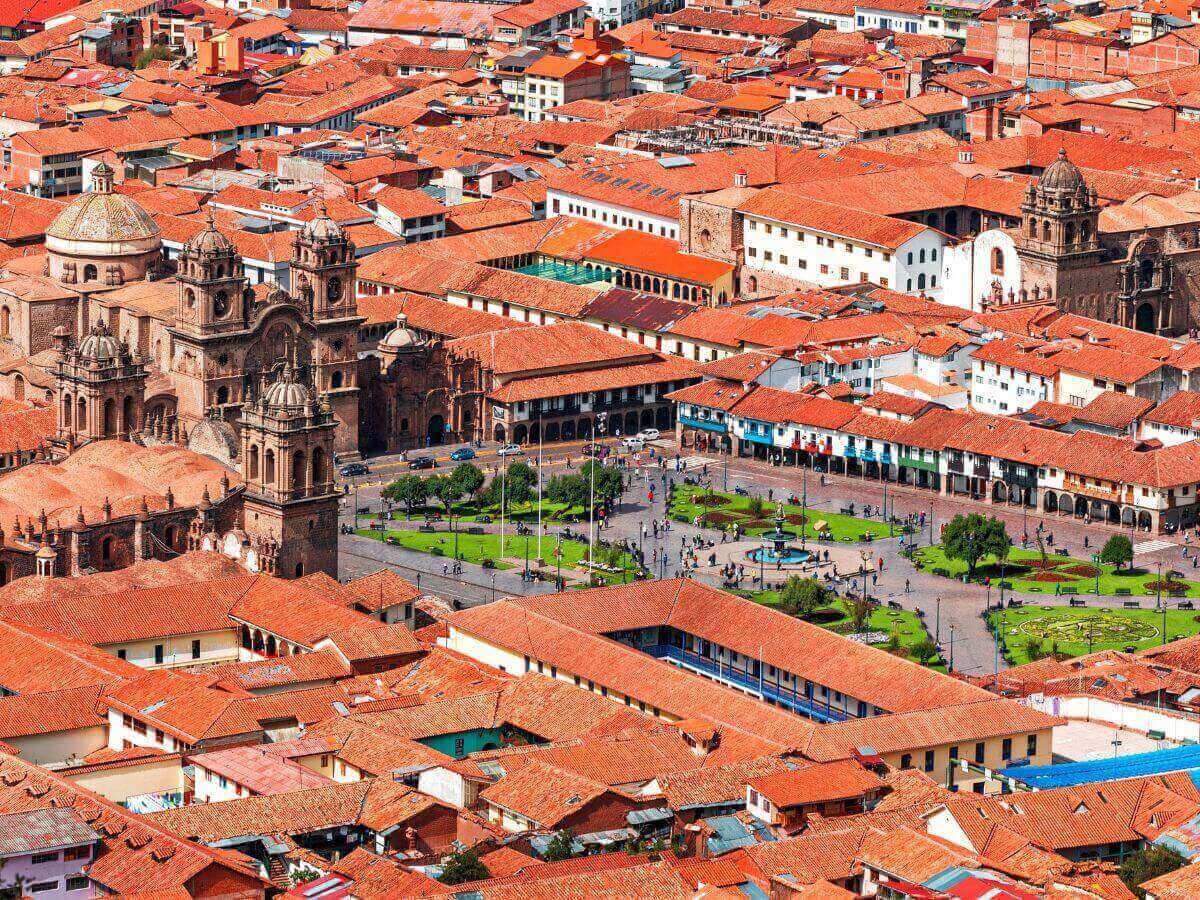
Cathedral of Cusco
Dominig the Plaza de Armas, the Cathedral of Cusco is a church in an architectural complex that shows the fusion of baroque elements. The construction of the old stones of the Inca temples makes the city a unique gem. In addition, the cathedral is the guardian of the treasures like the “Alta Mayor” and the “Sacristy”. You should consider the entrance to the Cathedral has a cost and are the following:
- Time: Monday to Sunday 6 a.m. to 8 p.m.
-
National or Foreign adult: S/25.00 nuevos soles.
-
Nacional or Foreign student: S/ 12.50 nuevos soles.
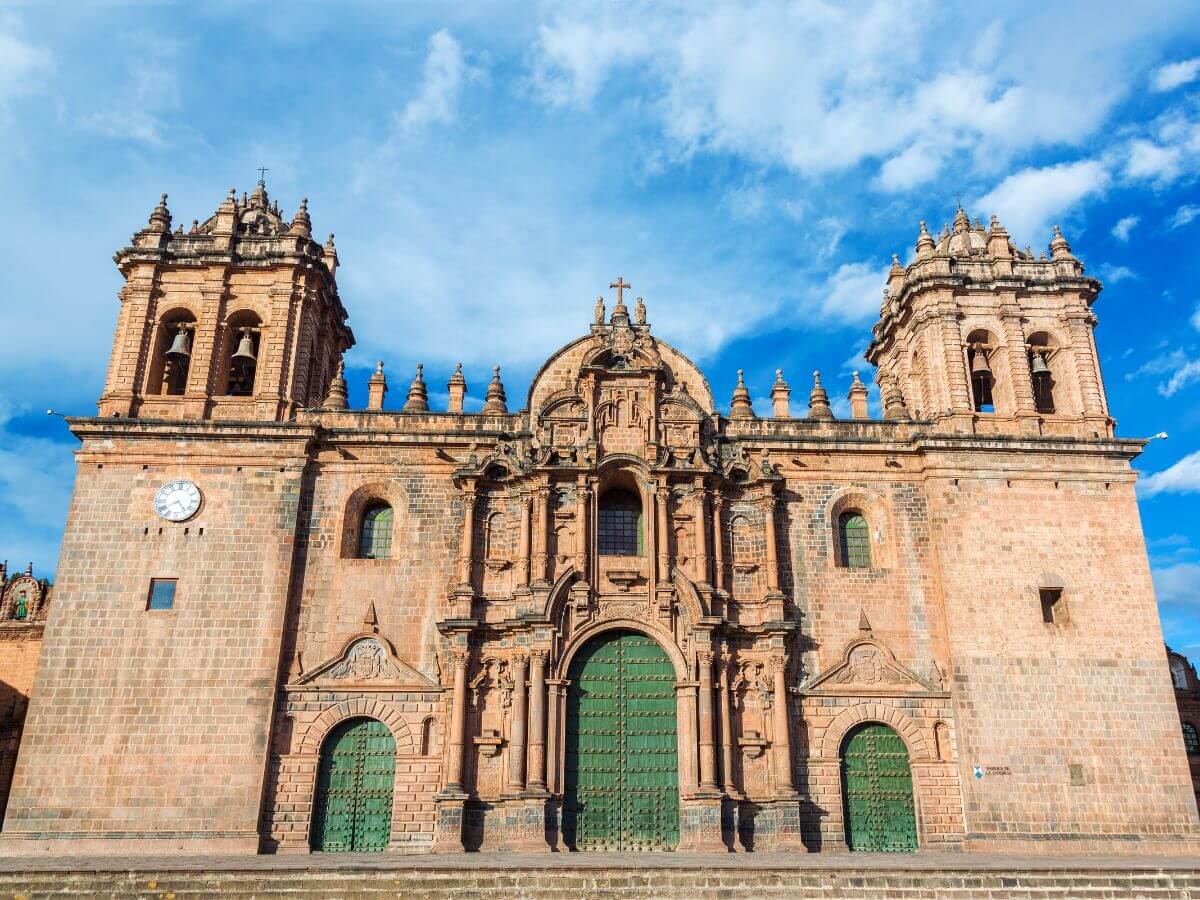
“Compañía de Jesús” Church
The Church of the “Compañia de Jesus”, is one of the Cusco complexes that have baroque Andine architecture, is built over the ruins of an Inca temple, and it is distinguished for its imposing facade and the big history that has. The entrance to the church permits exploring the basements and access to the balconies of the towers, offering impressive and unique views of the Plaza de Armas of the Cusco.
- Time: Monday to Saturday 8:00 to 11:00 – 13:00 to 17:00 hours, Sundays 9:00 to 17:00 hours.
-
National or Foreign adult: S/10.00 nuevos soles.
-
Nacional or Foreign student: S/ 5.00 nuevos soles.
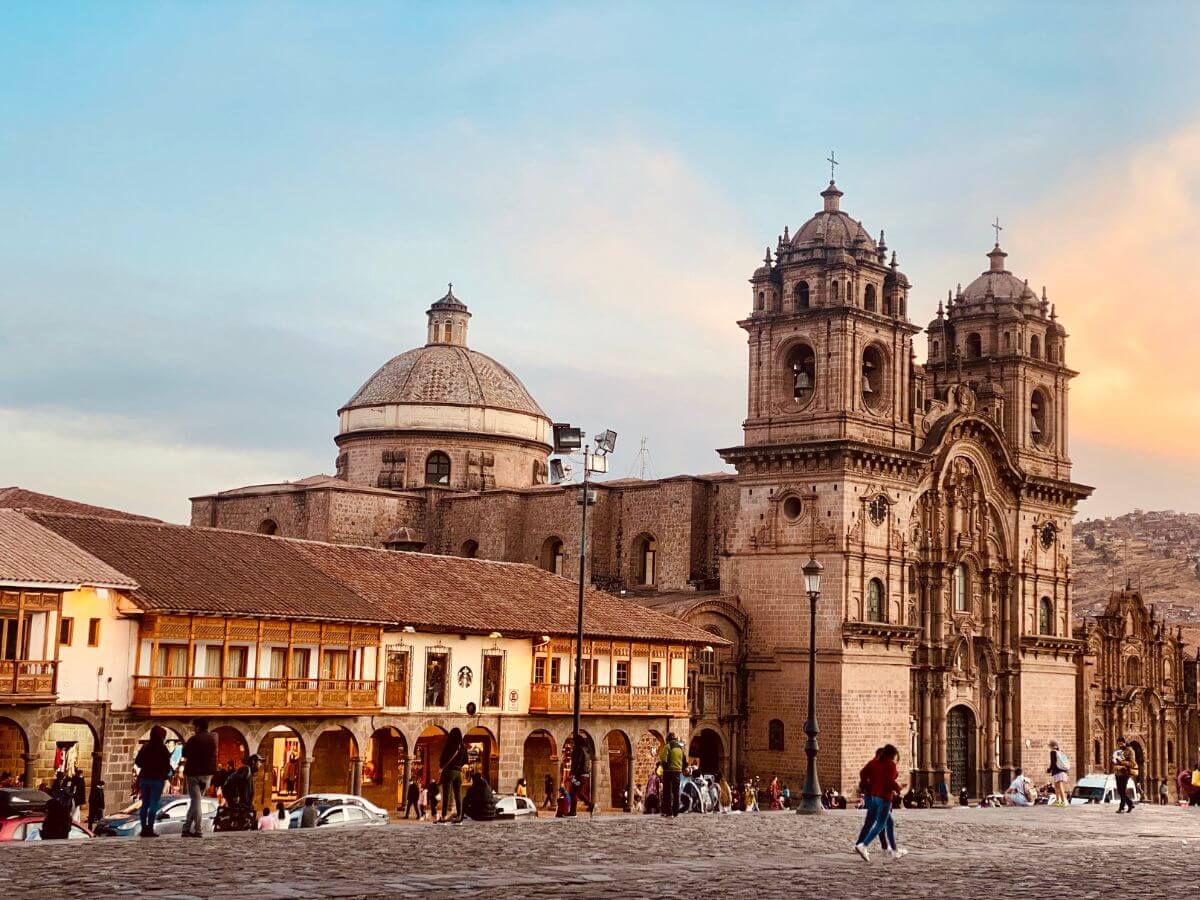
Museum of the Natural History
Museum of the Natural History is a historic museum that is the propriety of the National University of San Antonio Abad of Cusco, this little historic museum has a collection of dissected animals and offers a unique perspective on the local biodiversity of the city.
- Time: Monday to Sunday, 8:00 a.m. to 05:00 p.m.
-
National or Foreign adult: S/5.00 nuevos soles.
What to do in Cusco: Barrio of San Blas
The marvelous “Barrio of San Blas”, is the neighborhood’s most popular tourist of Cusco, because has cobbled streets, colonial houses that have existed for many years, and a viewpoint that offers you a unique panoramic view of the city. This neighborhood is a gem that captures the artistic essence and antiques of the imperial city. Because of this, if you search for what to do in Cusco, the “Barrio of San Blas” with no doubt needs to be on your list.
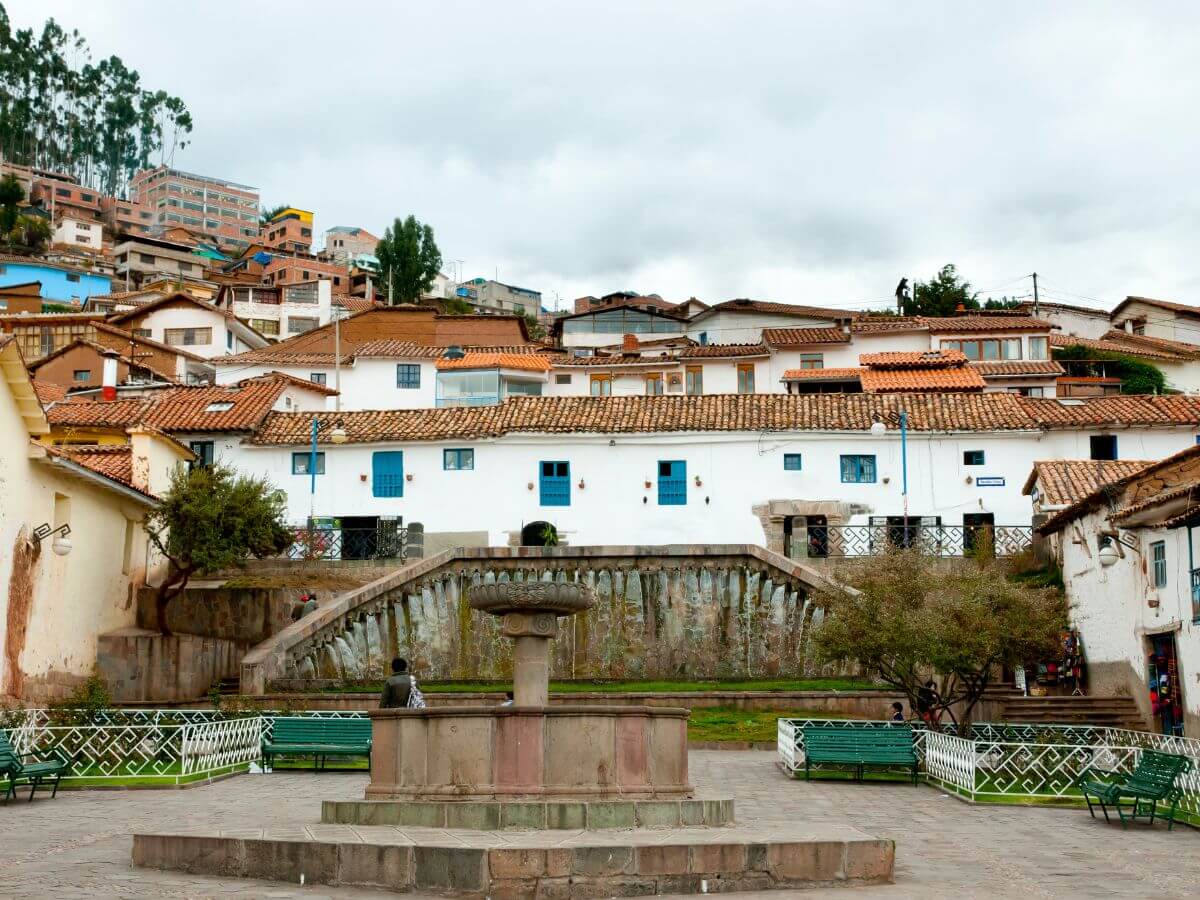
The 12 Angle Stone of Hatunrumiyoc
The 12 Angle Stone of Hatunrumiyoc is a sign of the master of the Inca in the Hatun Rumiyoc streets and is big evidence of the capacity of the Incas to ensemble the stones with so much precision. This arquitectal marvelous has captivated a lot of travelers for many years, the 12 Angle Stone owes its name to the complex structure carved in their sides. Each angle of the stone is a piece that has the arquitectonical Cusco puzzle.
Viewpoint of Santa Ana
The emblematic viewpoint of Santa Ana offers us a unique view of the neighborhood older than Cusco. Located in an elevated zone but a less minutes from the history center of Cusco, Santa Ana provides different panoramas from the viewpoint that permits you to appreciate the old streets that have been more than 700 years old, appreciating the architectural beauty that characterizes the Cusco.
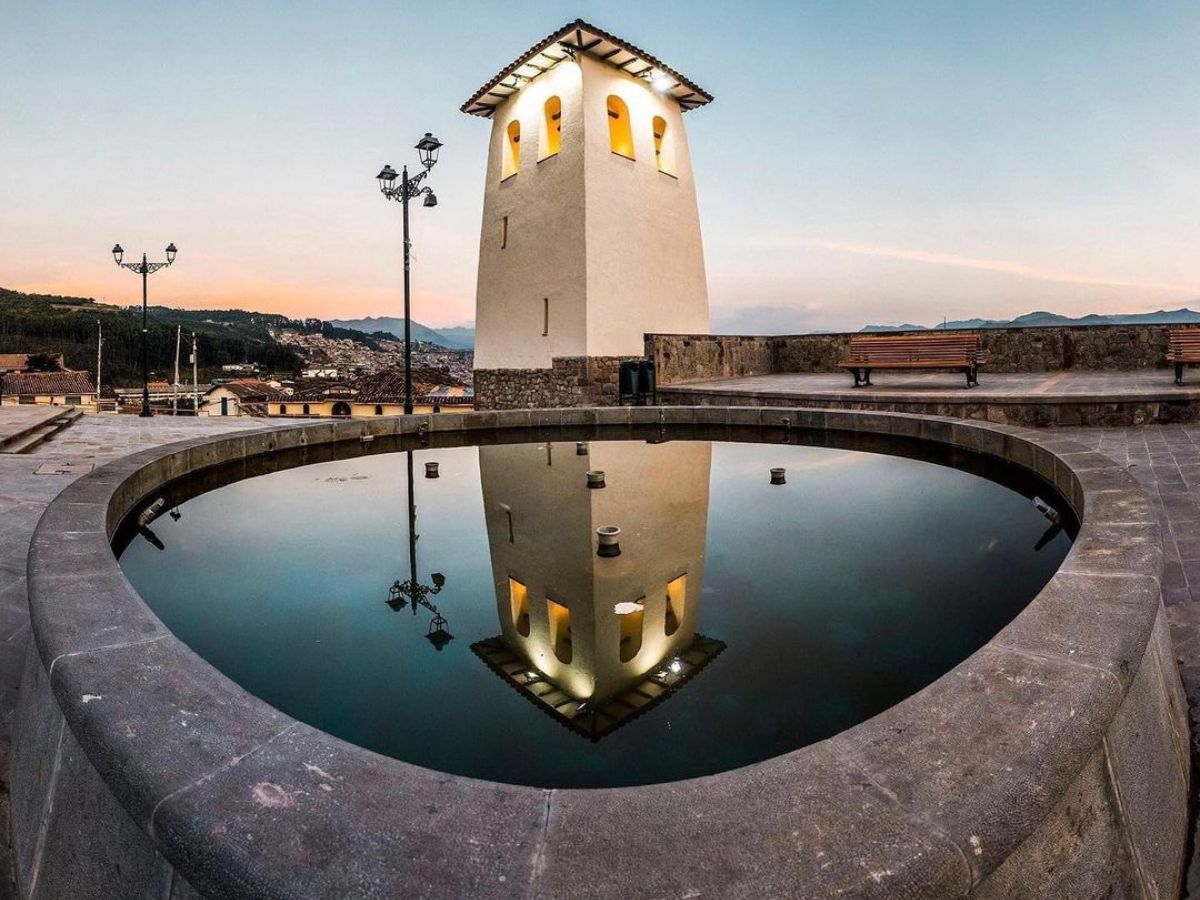
What to do in Cusco: Emblematic Streets of Cusco
If you wonder, what to do in Cusco, one of the things that you can’t lose is know the emblematic streets, here we gonna show some of those:
Loreto Street
The long Loreto Street, also called “Intikihllu” or ” Alley of the Sun”, is a narrow route that connects the Plaza de Armas of Cusco. In the past, was part of the enclosures of Amaru Kancha and Acllawasi, demonstrating the ability of the Inca architects the cut and adjustment of the ashlars, creating unique visual effects with variations of size. The denomination of “Loreto Street” is linked to the Chapel “Nuestra Señora de Loreto”, which was built during the colonial era, that save a relation to the picturesque street.
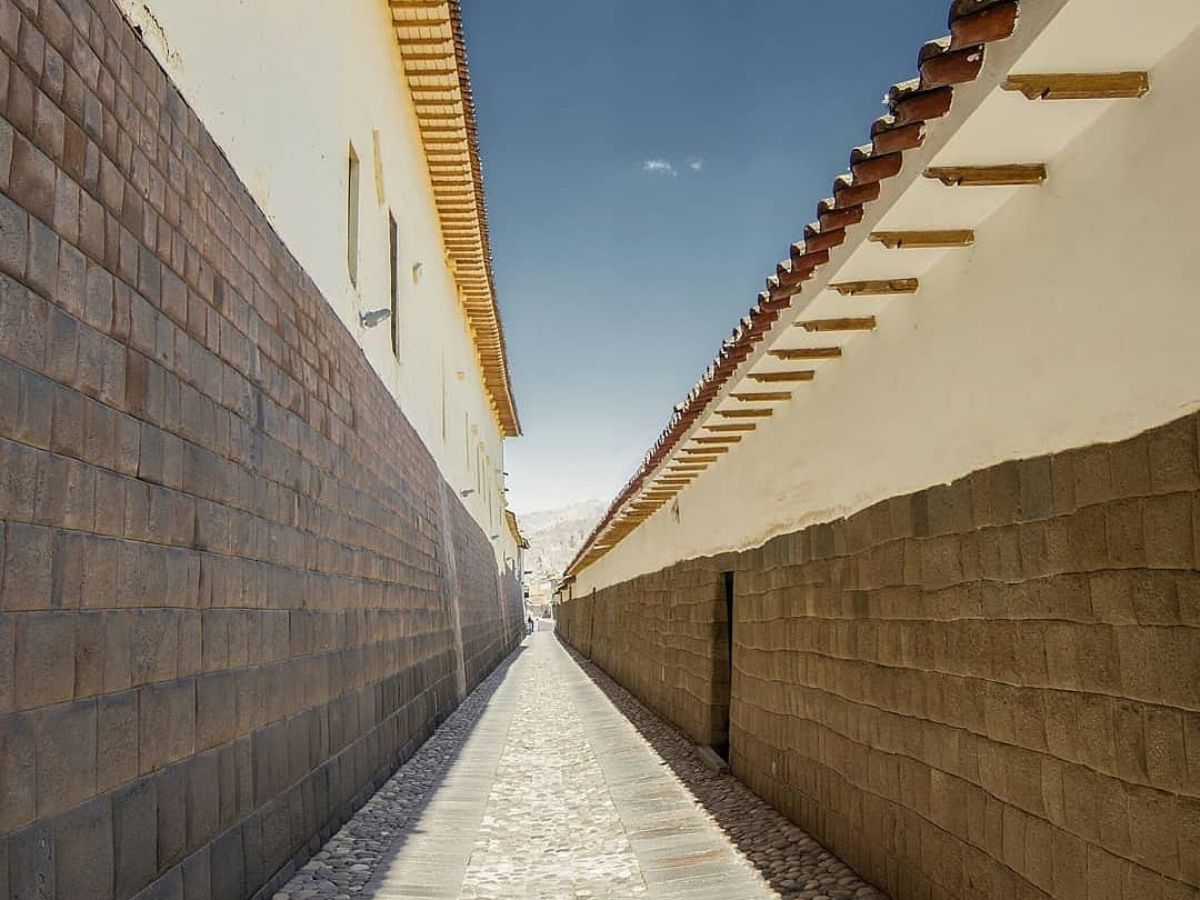
Resbalosa Street
Resbalosa Street receives the name because of the peculiarity that characterizes it, because is a steep road. Is known like that because those who descend it, often fall because of the difficulty that presents them at the moment down this street, and going up is also complicated, even for vehicles is difficult to arrive at the high part of this street.
In Quechua, is called Sijitakana, which translates as “hits the ass” because the cobbled pavement is prone to slips. Resbalosa Street is one of the streets that connects with the Plaza San Cristobal and also is a road to arrive at Sacsayhuaman.
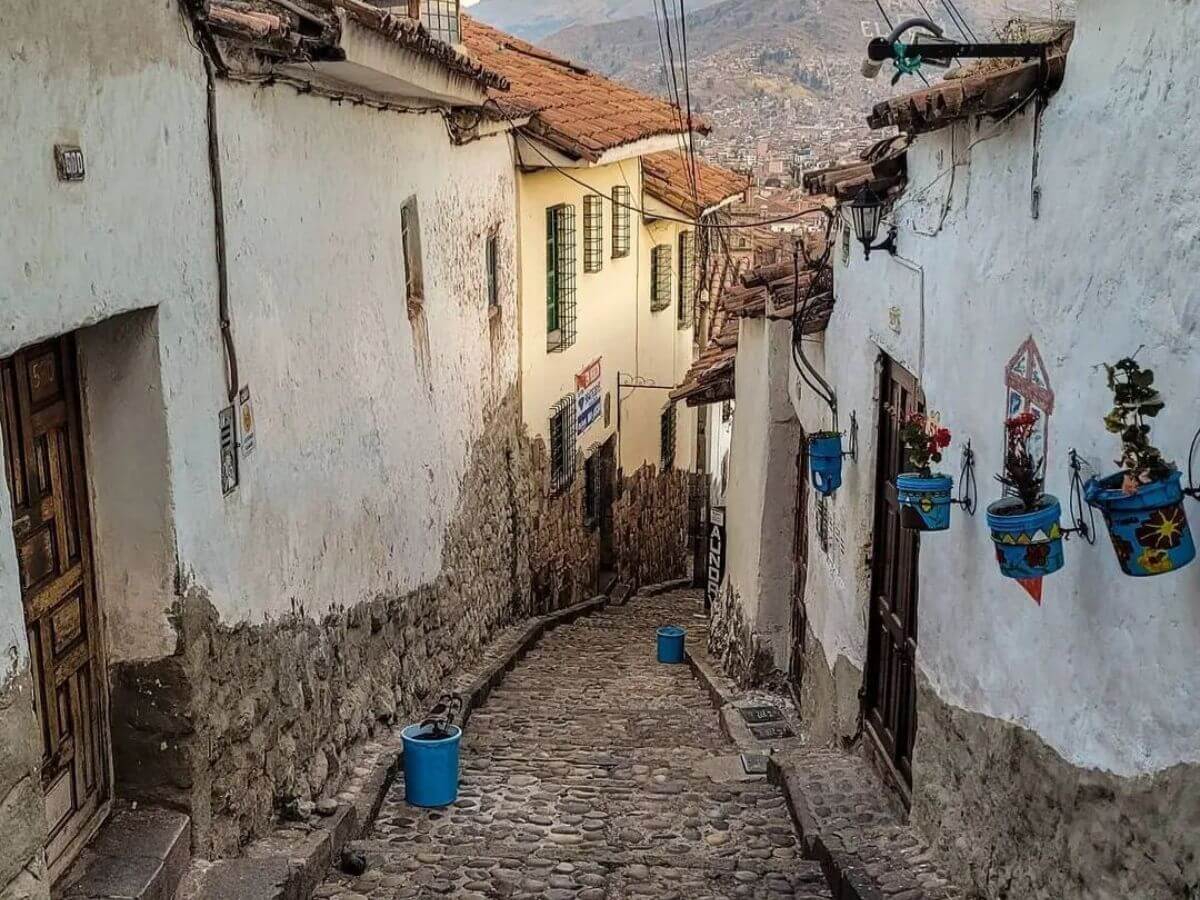
Siete Culebras Street
Siete Culebras Street is located between Choquechaka Street and Nazarenas Square, this charm Cusco alley, known as Amaru Ccatta in the Incas Time, is distinguished for its walls adorned with the high relief carving of Siete Culebras, that are part of the old Inca school of Yacgay Wasi.
When you go out to the square, you can appreciate another Siete Culebras carving on the stone. The name of the street is translated as “Catorce Culebras”, it comes from a wall some with a carving of seven thin snakes, found on each side. It is surrounded by two imponents colonial edifications, the Monastery of Las Nazarenas and the Church of San Antonio Abad (both of them are luxury hotels now) this crosswalk was created with two bows that hold the high walls, connecting the Plazoleta of the Nazarenas with Choquechaka street. If you don’t know what to do in Cusco, come to these streets and discover the 14 snakes carved into these walls of stone.
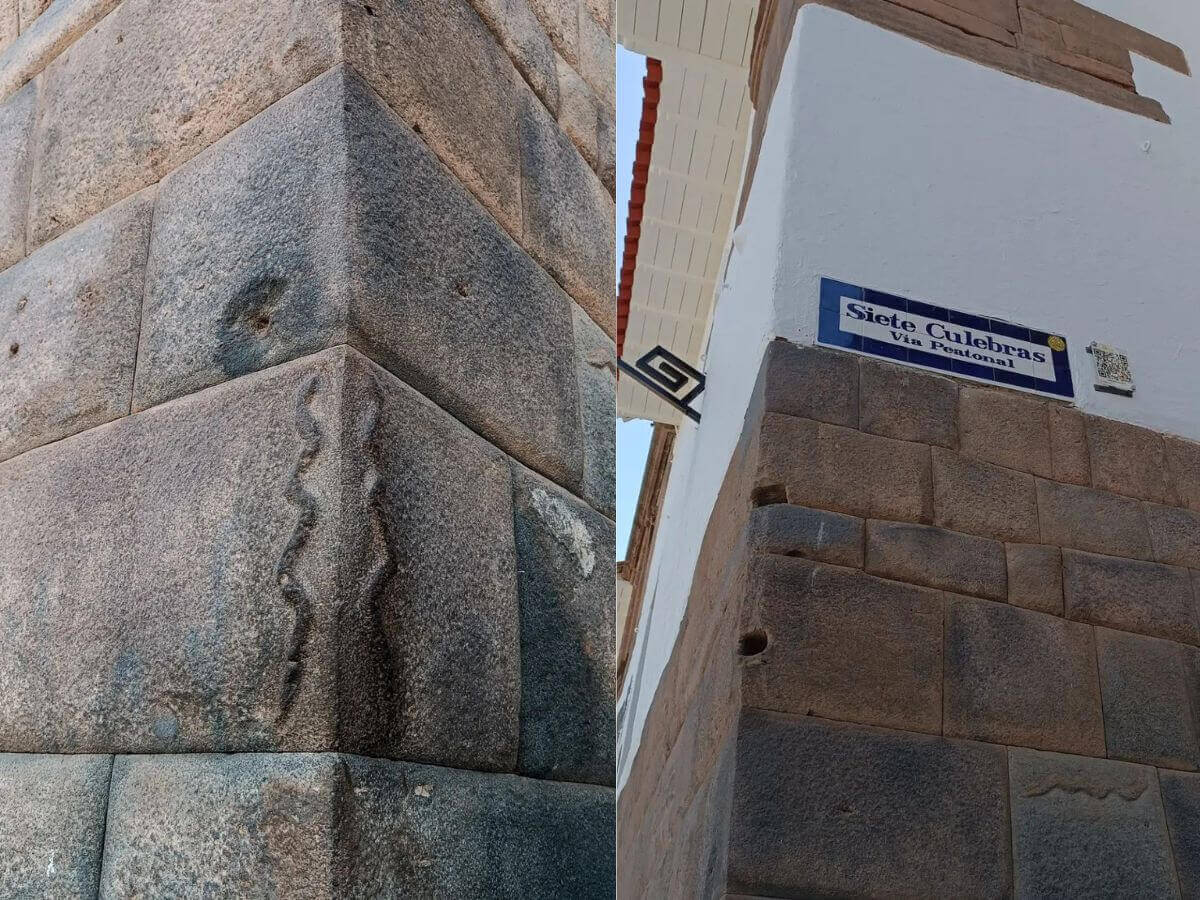
Siete Angelitos Street
Located in the Neighborhood of San Blas, in proximity to Carmen Alto Street, and Siete Angelitos Street in Cusco, is distinguished because of its particular name and its interest history. This street is named like that because of the presence of seven angels carved in a colonial house that permits the religious “Blas de Bobadilla”, that send to paint the image of seven angels as a reflection of who walks for this place, this was maintaining the charm to a long time.
The figure of the seven angels was painted like a contraposition of the fame of the Siete Diablitos streets, located on the other side of the road of this street. Siete Angelitos Street is a place where there are hostels, bars, and other tourist businesses, maintaining the serenity that characterizes the old Inca streets. The colonial buildings, with tiny modifications over a long time, show us draws in the roofs that refer to the angels linked to the church.
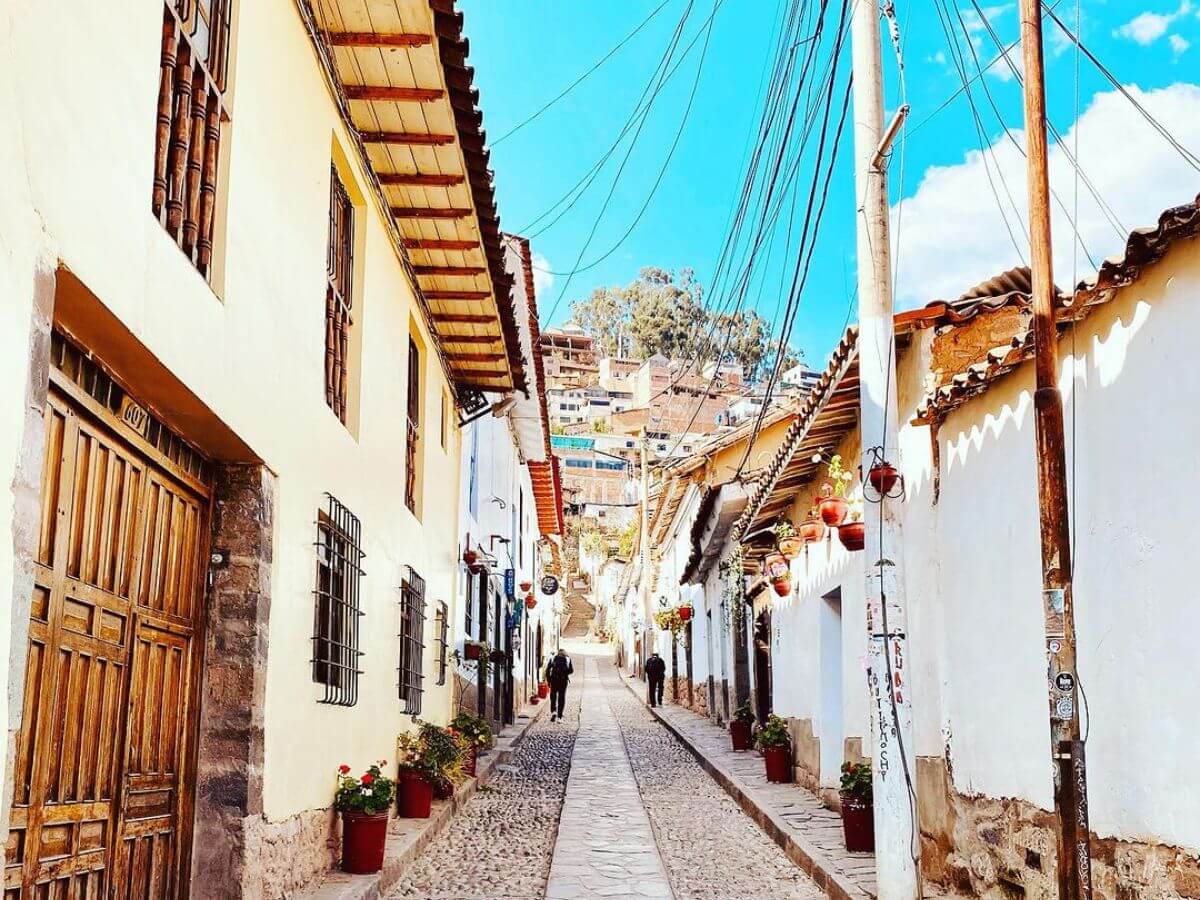
Siete Diablitos Street
Siete Diablitos Street is located in the neighborhood of San Blas, next to Siete Angelitos Street in Cusco, it is distinguished because of the particular name similar to “7 Angelitos”, although not have a relation with supernatural events. The denomination of this street is the era of young people falling in love because they used to be reunited in this street for their clandestine encounters. In agreeing with what the tradition says, because they are often pregnant, this street has a bad reputation and was tagged as a “cursed street”, becoming the popular Siete Diablitos Street.
Despite its history, the street maintains the tightness and serenity characteristic of this old Inca street. In the surroundings, it can explore the Square of San Blas and enjoy the handicraft shops coffee shops, and restaurants. Although is not so transitive, some couples of lovers still maintain the tradition of meeting in this famous street. In Cusco, every street has its history, and the Siete Diablitos street, with its particular name and the past romantic history, continues charm to those who want to explore this part of Cusco.
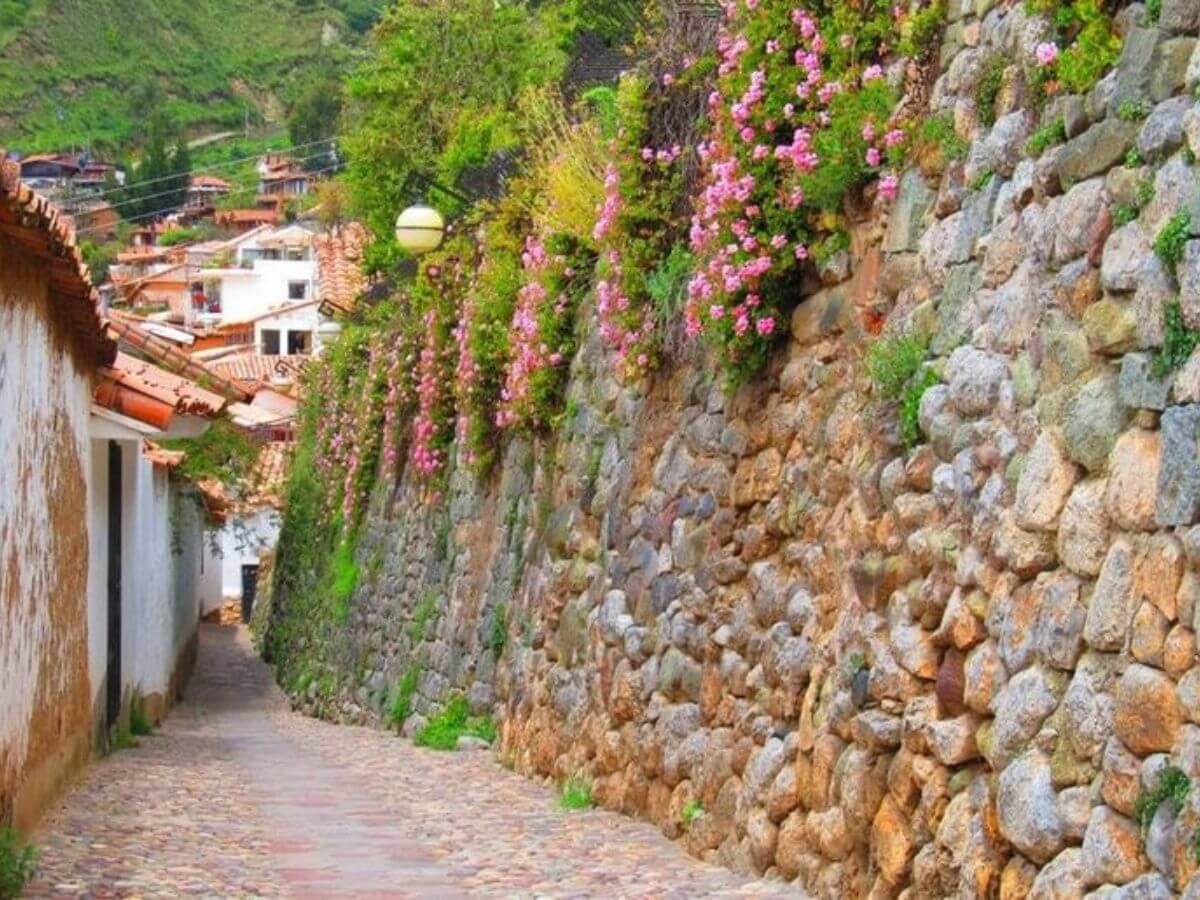
Siete Mascarones Street
Siete Mascarones Street is a quiet and silent alley between Calle Almudena Street and Santiago parish church, this street owns this name because there was living Don Mascareñas. a well-known Spanish founder. He lived with his 6 sons and each of them helped him in the creation of pieces of bronze that were destined to decorate the doors of many churches in the city of Cusco.
The pieces that Mascareñas made, included bells and cloves, which perdured to a long time and are still used in the actuality in the Cusco Churches. Although the alley has experienced some neglect over the years, still conserves the essence of its rich history, let see the details to the visitors.
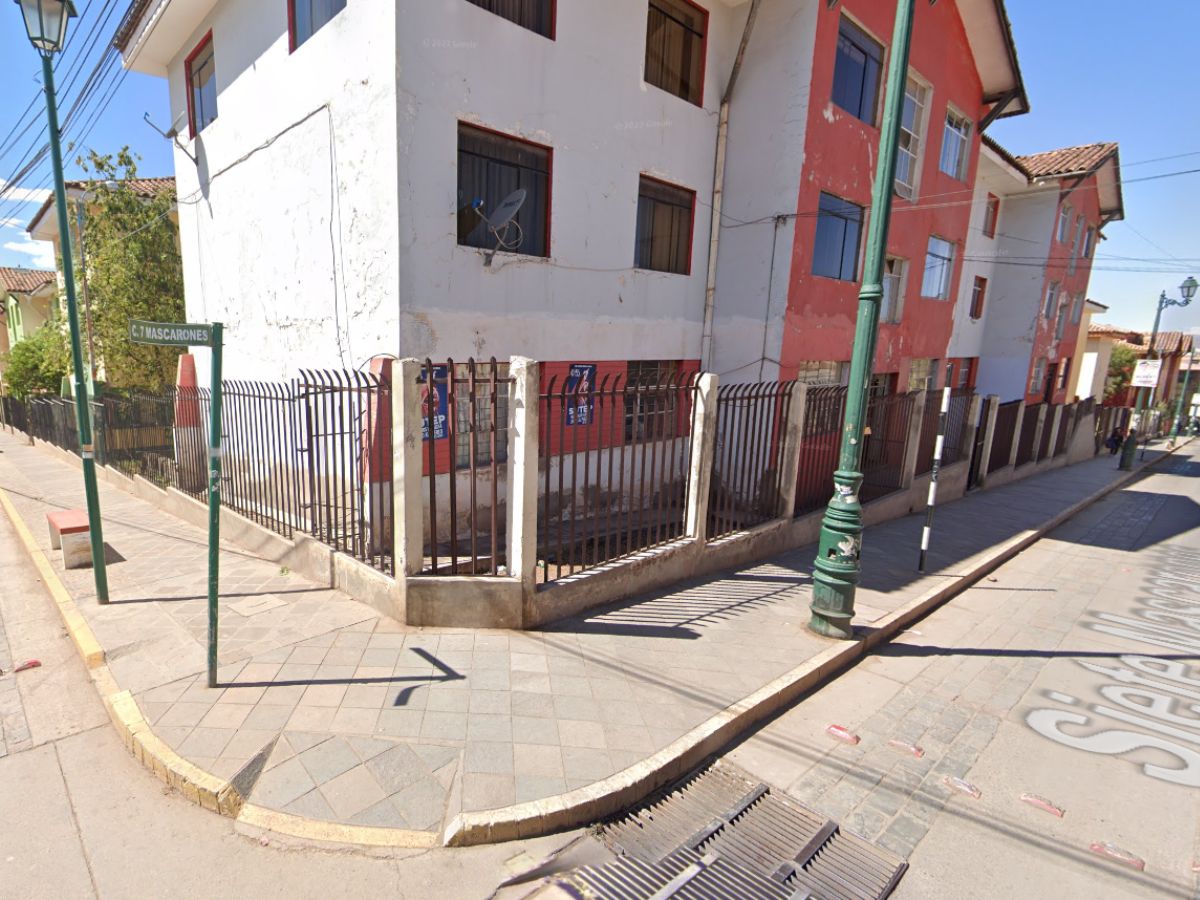
Cuesta de la Amargura Street
Cuesta of the Amargura Street in Cusco, also known as “Mucchuicata” in Quechua, is one of the most historic streets in the city. According to the Chronicles, the Spanish let big stones bring them to Sacsayhuaman for the construction of the Cathedral of Cusco, and a group of indigenous people were in charge of containing them, facing bitter injuries and even fatal deaths. This episode gave the name “Mucchuicata” which means “Calle de la Amargura”.
Conforming to approximately two thousand steps of stone, this street connects the mediations of the Plaza de Armas of Cusco with the road that leads you to Sacsayhuaman and San Cristobal. Through used to be silent, during the party of Inti Raymi, it became very crowded, because is part of the road to this archeological place. Amargura Street has a lot of history and is a reminder of the sacrifice of those who contributed to the construction of the Cathedral.
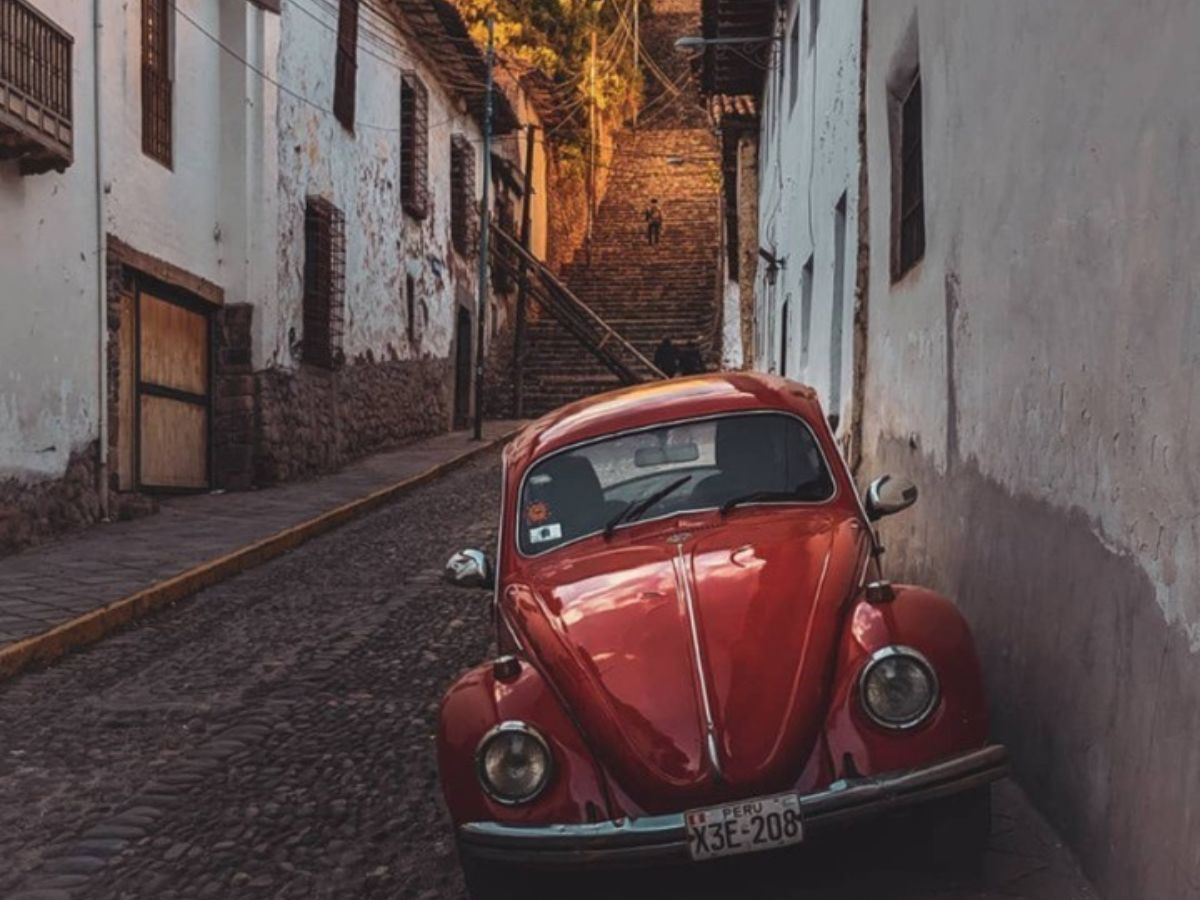
Purgatorio Street
Pugatorio Street, located in the center of Cusco city, owns this name because the super sorcery realized for Colmenares, and the old bill collector of taxes dismissed his charge. Taking advantage of the innocence and the scare of the people, Colmenares, son of a deceased with a reputation as a soul in pain, disguised himself with a black tunic and a skull mask, holding a pot with rags. He went out at night on stilts begging for alms for the souls in Purgatory.
The fear of the people makes them deposit coins in his moneybox. Satisfied with the business, Colmenares painted a skull on the corner of his house and hung the moneybox, this marking the origin of the name of the street: Calle del Purgatorio.
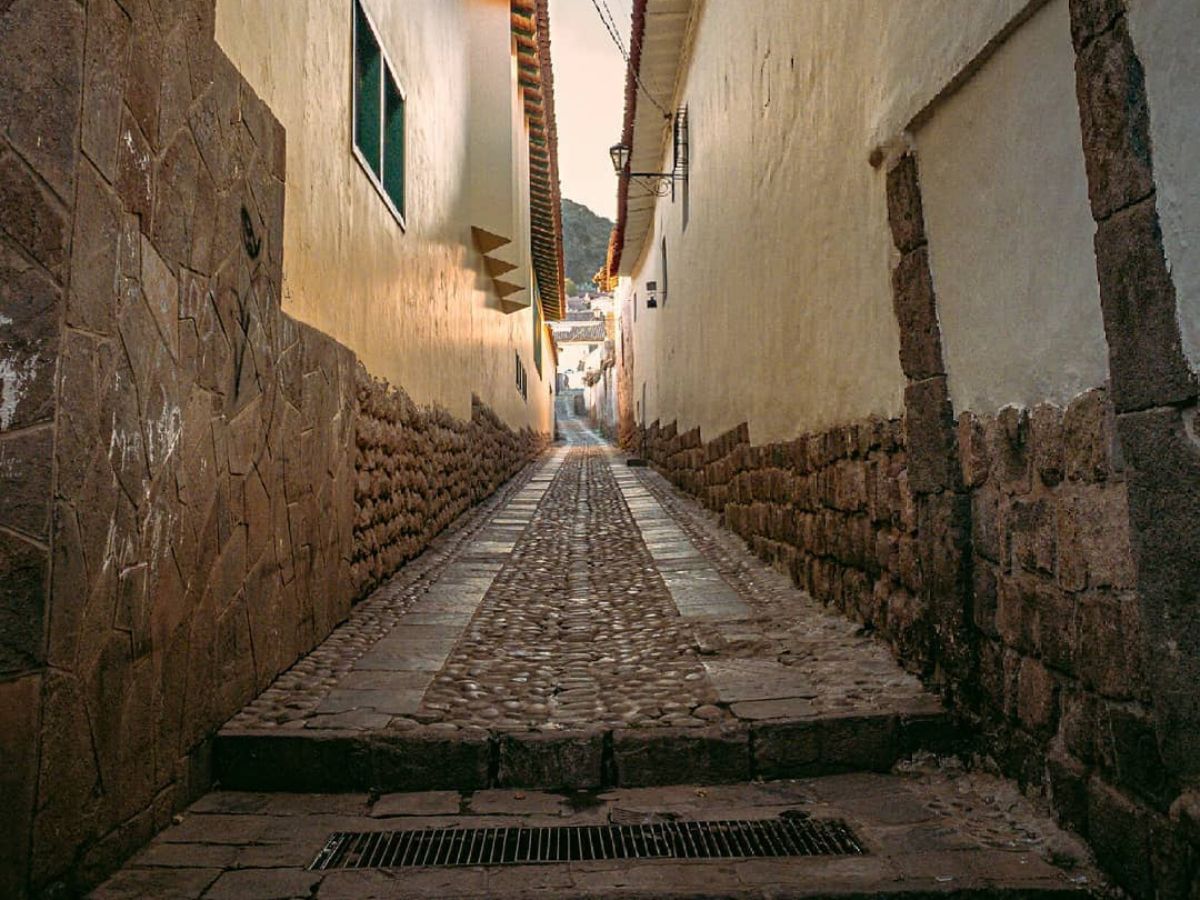
Ceniza Street
Ceniza Street owns its name because of an epidemic that caused many deaths of Cusco people and illness in the year 1719. According to history a devout woman who lived on this street advised the neighbors to obtain the remains of old burnt hosts, palms of “Domingo de Ramos” and Holy Thursday consecrated oil from the sacristans of the Cusco churches.
With the mixture of these significant things for hope, the neighbors traced two crosses in their doors to protect themselves from the contagion of this plague. In the same way, they throw ashes over the pools of blood that were generated by all the sick people affected. This is why the origin of the name of the Ceniza street.
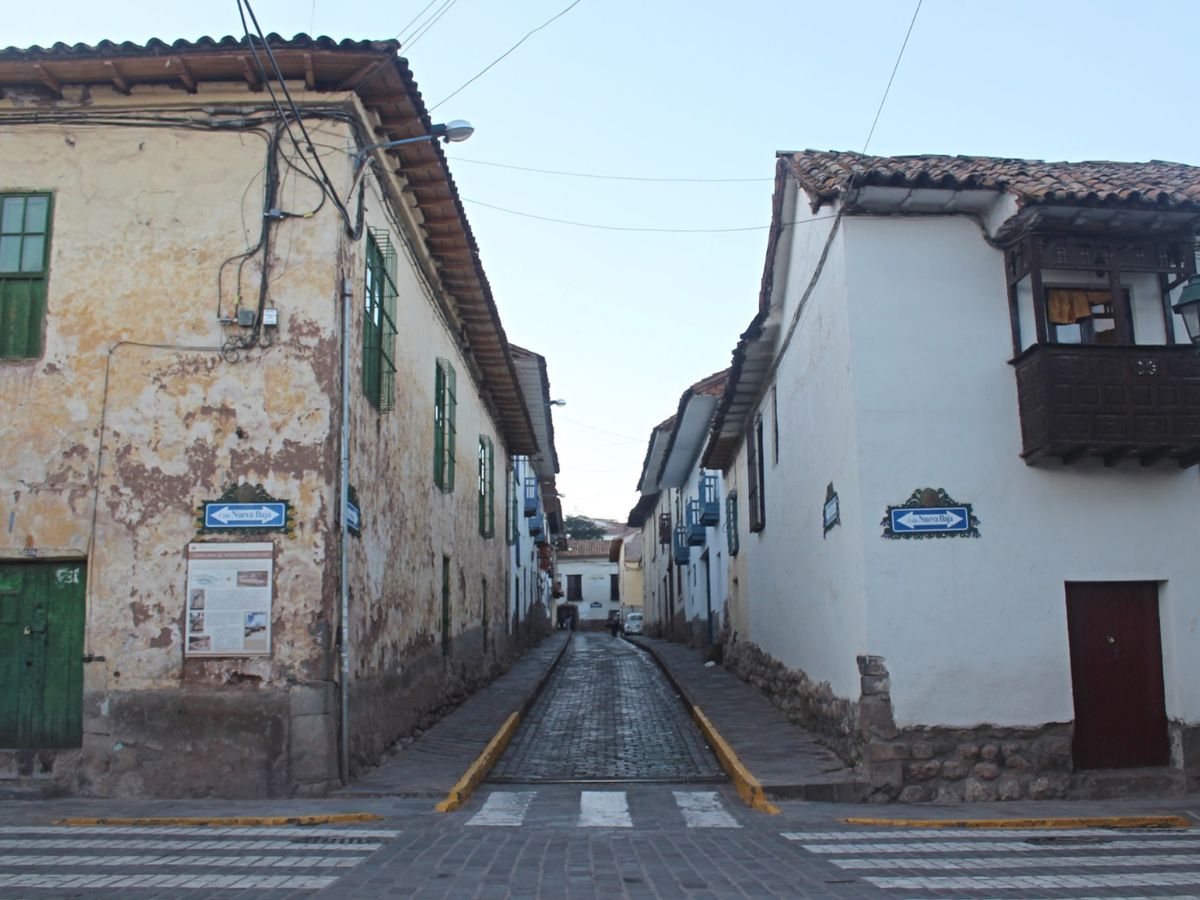
¿What to do in Cusco?: Discover the History in the Ruins
Know Cusco is farther from the historic center, because is a beautiful city that offers excursions to archeological fascinating places in their surroundings:
Temple of Qorikancha:
Qorikancha, the name comes from quechua quri “gold” and kancha “closed site” and also refers to “gold site”, is a testimony of the Inca and Virreinal past, because the Temple of the Sun mixed with the colonial architecture of the Convent of Santo Domingo. This temple is dedicated to the God “Sol Inti”. and have a big spiritual significance, a unique majesty that permits you to feel a connection with the past.
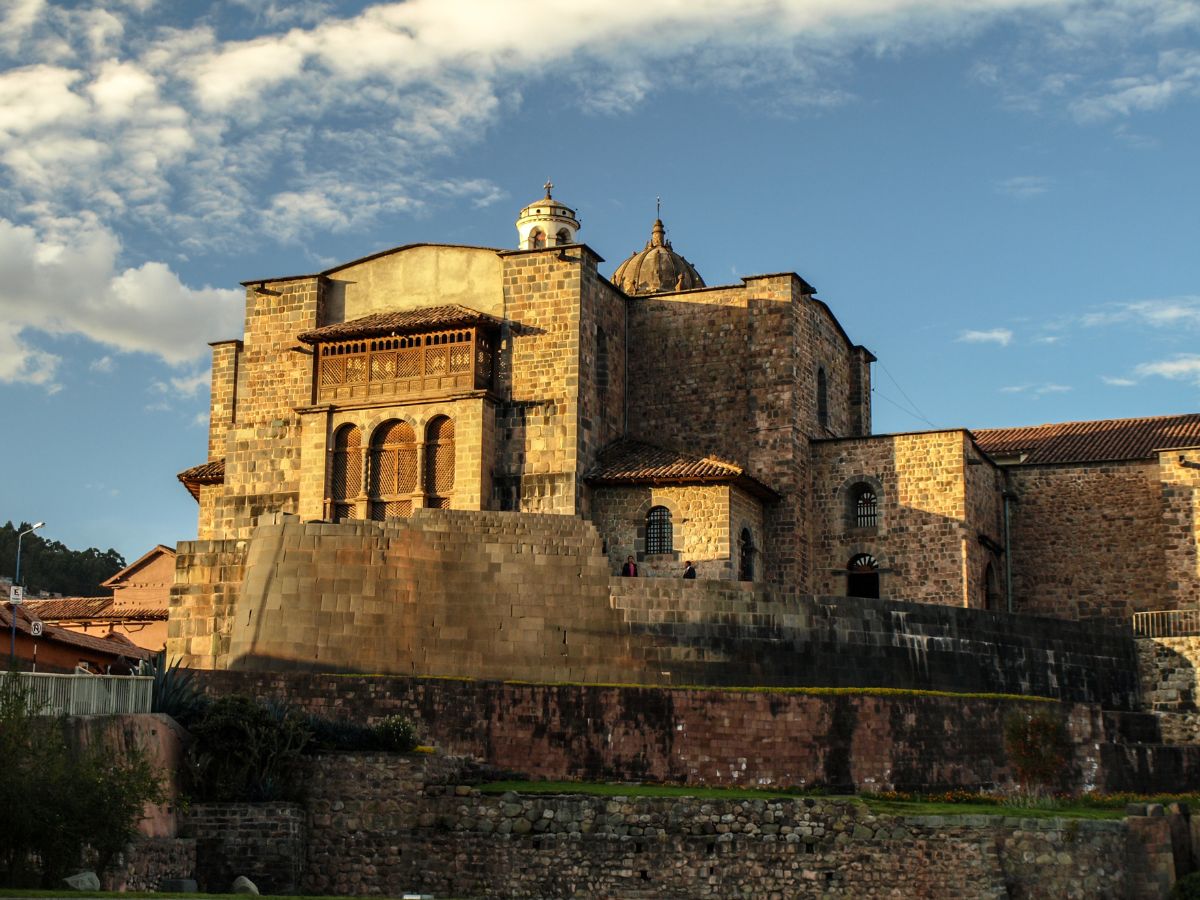
Sacsayhuaman
Sacsayhuaman, located in the outsides of Cusco, is more than an arqueological complex, is an impressive construction with ceremonial functions and a symbolic connection that shows the biggest architectonic of the Inca civilization.
This archeological complex is the scenario of the Inca celebration of the solstice of winter in Cusco, celebrating the 24 of June each year, this event commemorates the renovation of the sun and attracts a lot of travelers from all over the world.
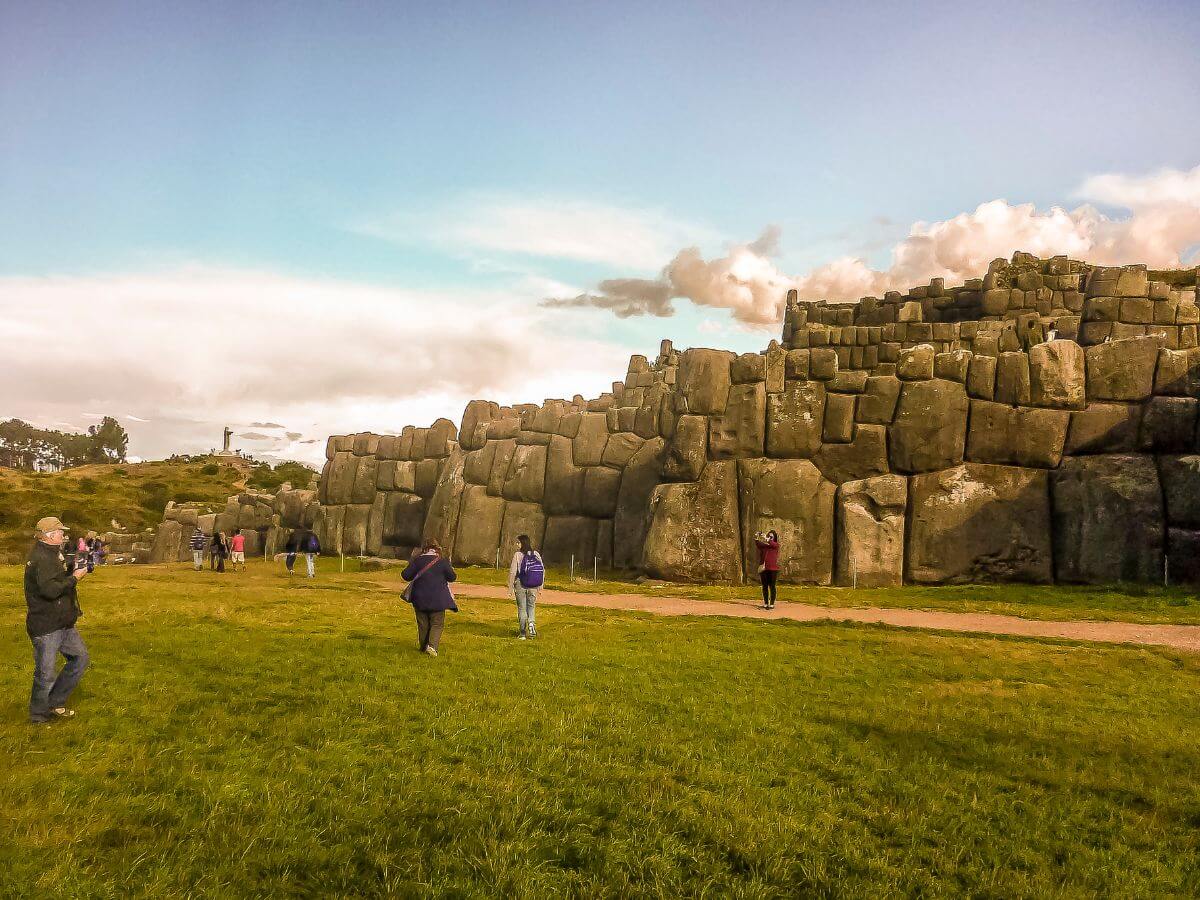
What to do in Cusco: Other Inca Sites
Q’enqo, Tambomachay, and Puka Pukara, are part of the City Tour that permits you to appreciate the biggest of the Inca civilization more nearly, if you don’t know what to do in Cusco, knowing these places will let you fascinated.
Cusco Touristic Ticket
You can access the majority of the archeological zones and places of interest in Cusco and the surroundings that we mentioned before, the Cusco Touristic Ticket is a fundamental part. Different options, like the Integral Tourist Ticket, permit you to explore the 16 attractions for 10 days. Because of the Ticket, you can enjoy the City Tour, the Sacred Valley Tour, or a simple visit to the museums of the city. If you don’t know what to do in Cusco this ticket brings you a complete schedule for your visit.
Sacred Valley of the Incas
The Sacred Valley of the Incas is a gem in the Peruvian Andes of Cusco and is considered a historic and natural treasure that attracts a lot of travelers who have the privilege of exploring this place. This valley, which is located near Cusco, immerses you in the greatness of the Inca civilization and involves you in the natural and unmatched environment.
This Sacred Valley extends to the large beautiful Urubamba River, conforms to a diversity of destines that capture the essence of the Inca civilization and are archeological places that you need to know, we recommend you to realize the Sacred Valley Tour so you can know places like:
Písac
Písac is known because it impressive archeological place and a famous market. The Inca ruins in Pisac include agricultural and ceremonial structures that are located on the hill. In addition, the colorful market of Pisac is a fest for all the senses, where the local artists offer textiles, ceramics, and agricultural products.
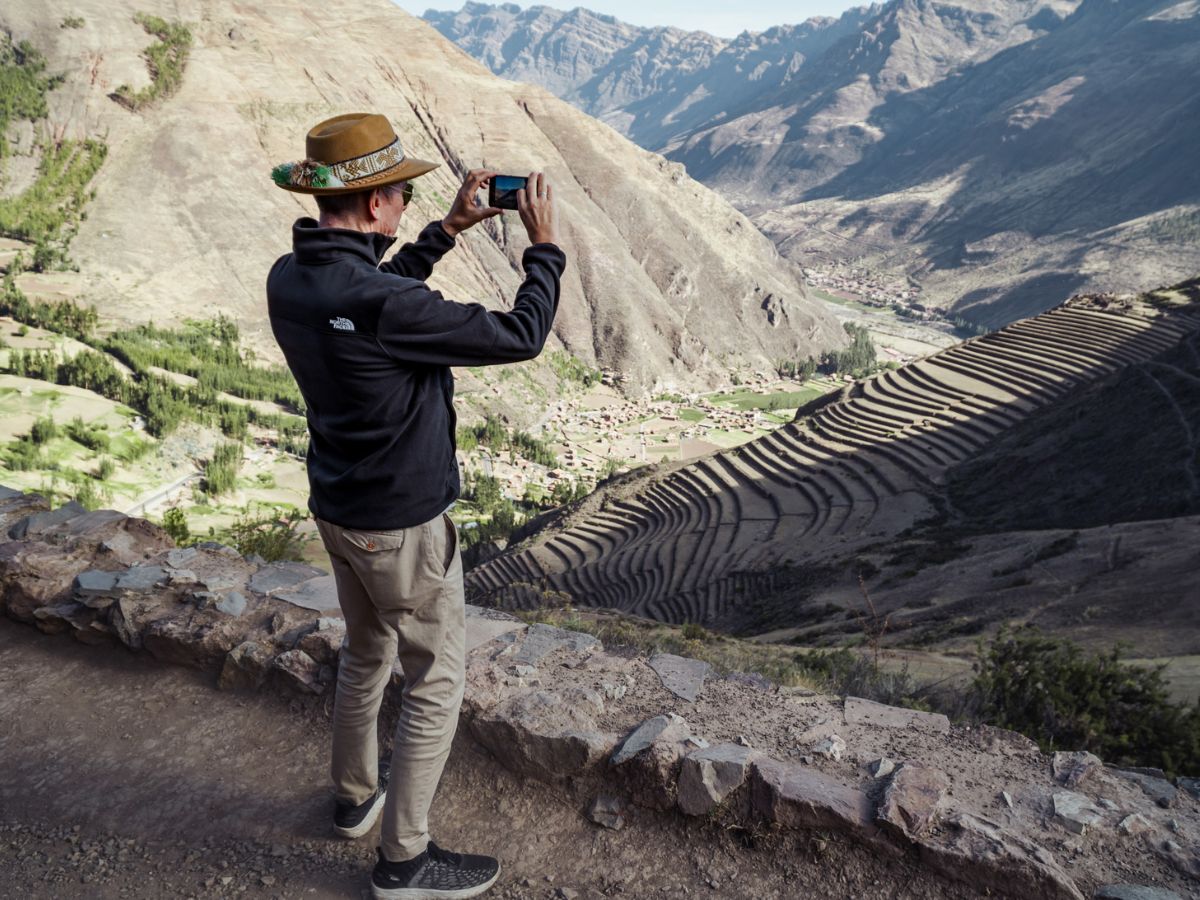
Ollantaytambo
Ollantaytambo is an old Inca fortress, that has imposing terraces and cobblestone streets, is a fascinating destination for a visit in Cusco. This archaeological atraccion also served as a religious and agricultural center. From Ollantaytambo, also can appreciate de impressive views of Sacred Valley.
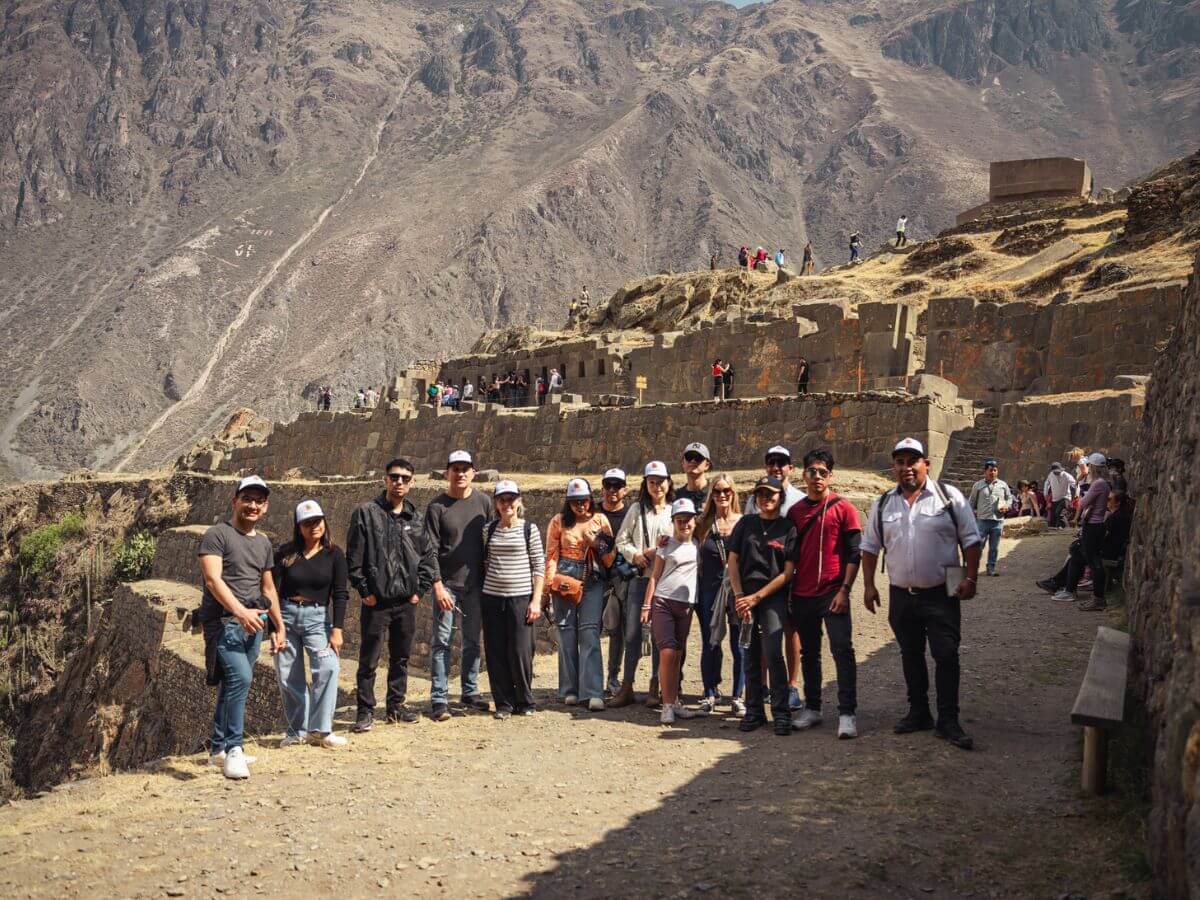
Moray
The Archeological Center of Moray is famous for its unique circular terraces, considered like an agricultural Inca lab. The terraces, which are conformed by centric circles, create different microclimates that the Incas used principality for cultivating and experiencing the different crops.
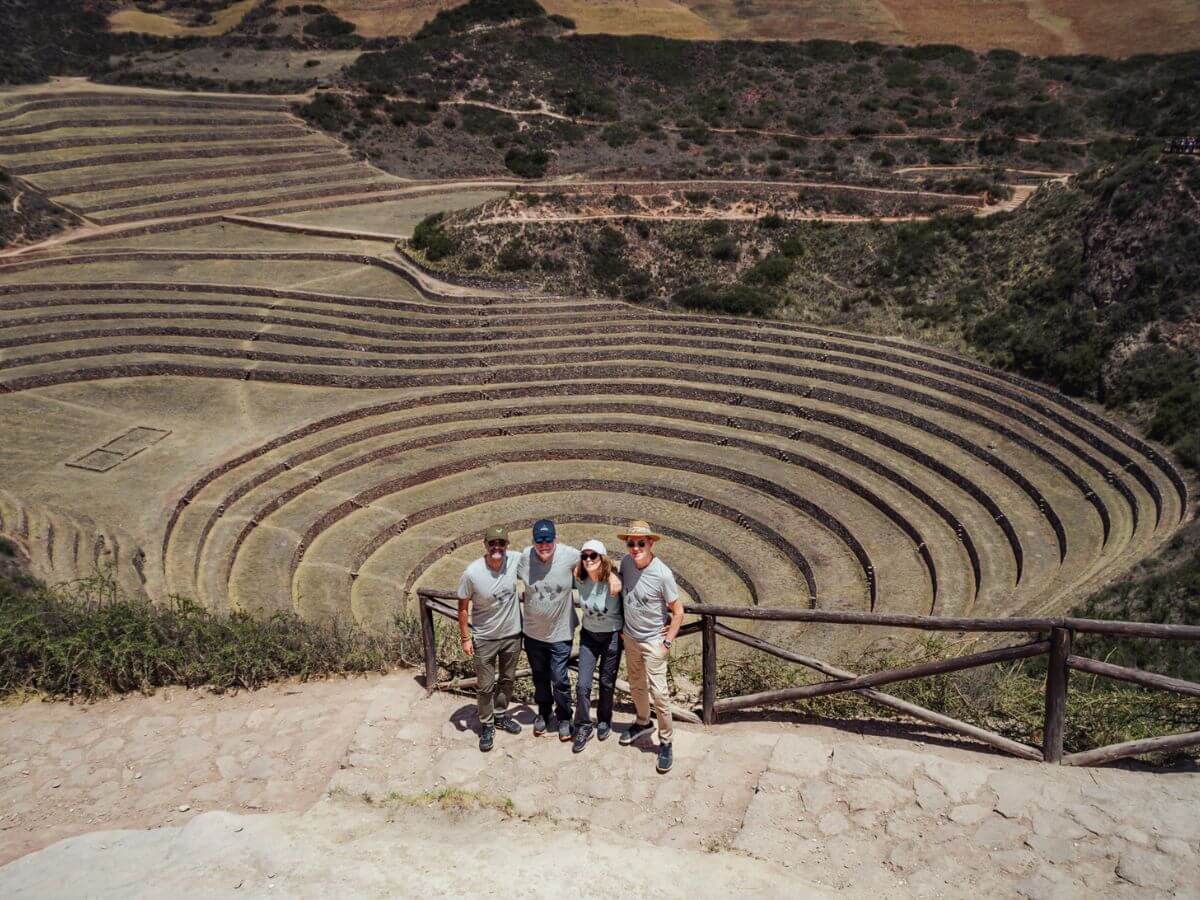
Salineras of Maras
The “Salineras of Maras” are comprised of terraces that have been explored since the Inca era. These Salineras are the archeological center that offers an impressive view, with hundreds of pools that are filled with salt water in a natural spring that leaves the sun and the wind, making the work for this form produce the salt.
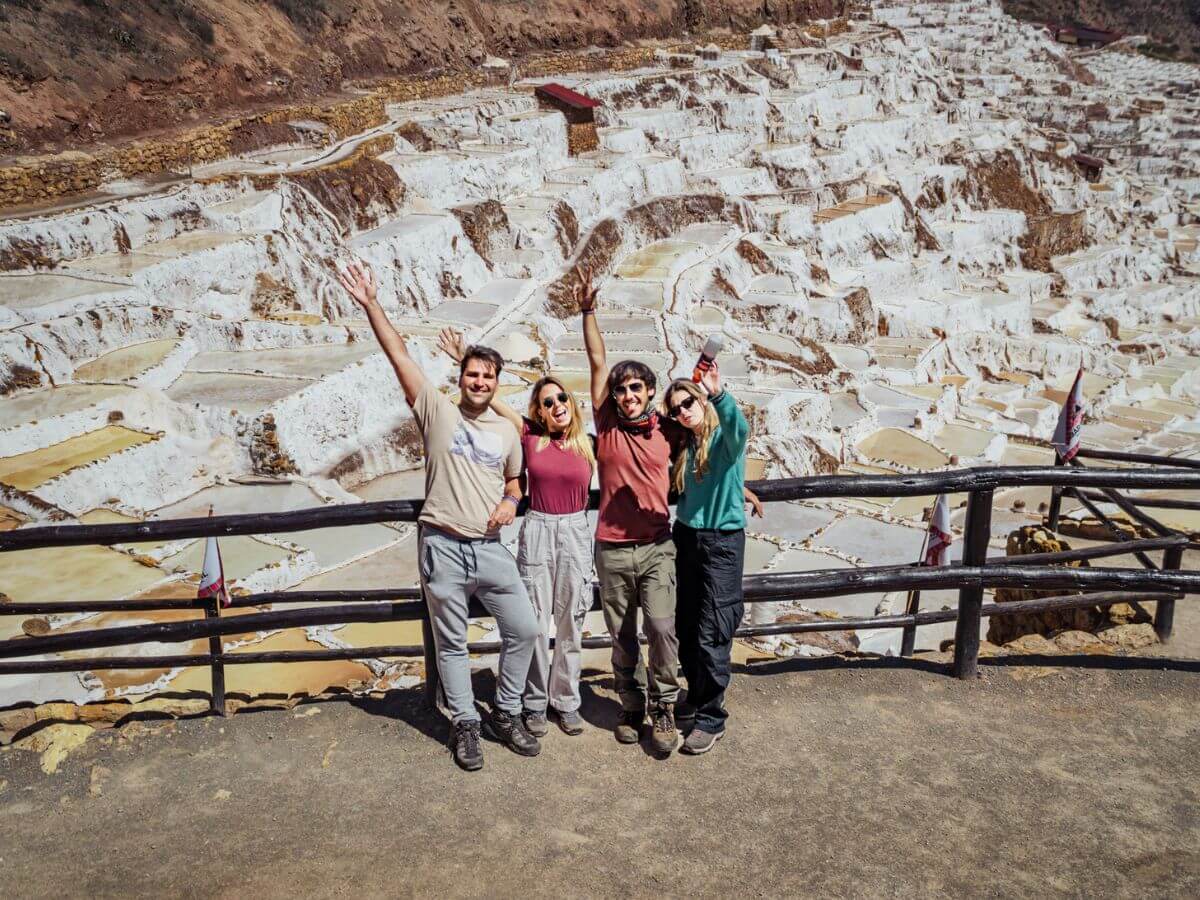
Visit Machu Picchu: The Marvelous of Cusco
Last, but not less important, your visit to Cusco is not complete if you don’t visit Machu Picchu, this old Inca city declared one of the seven most marvelous of the modern world, one of the archeological treasures most impressive of Cusco and the world. Visit this marvelous needs to be on your list of things to do in Cusco.
You should know the incredible history of this marvelous, the architectonical majesty, and the spirituality that has this Inca site that captured a lot of travelers over so many years. We recommend you take a Machu Picchu Tour to live this experience in the best way.
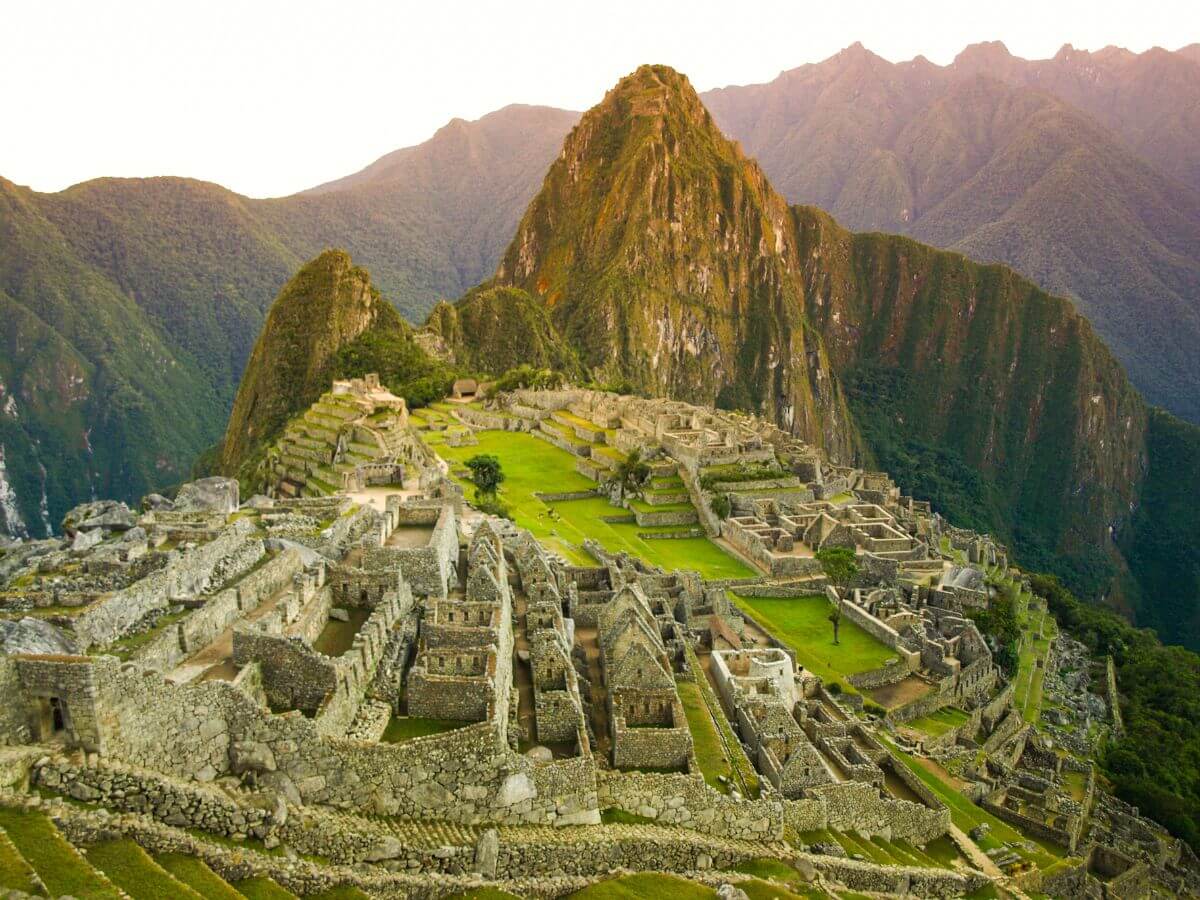
Vinicunca: The Rainbow Mountain
Between all the things that you can do in Cusco, should visit one of the natural marvelous of Cusco, the Rainbow Mountain Tour or Vinicunca. This Mountain is distinguished because of the fuchsia, purple, and yellow tones that make it unique. This fascinating landscape to 5,200 meters above the level of water, is overwhelming to explore during your visit to Cusco.
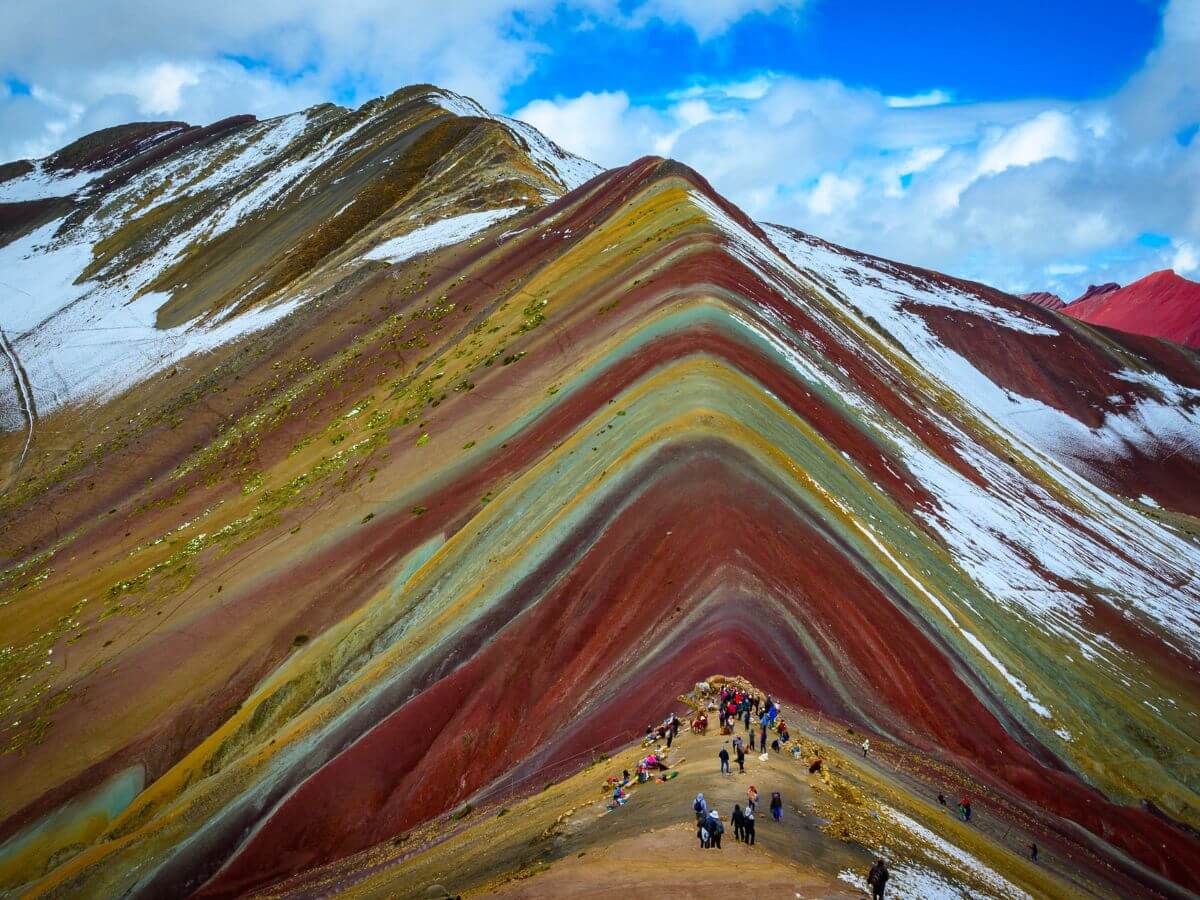
Salkantay Trek: The Alternative Road to Machu Picchu
For your visit to Cusco, we recommend you take the Salkantay Trek, which is also known as the “Wild Mountain”, and is one of the roads most awesome and interesting for visiting Machu Picchu. With an altitude of 6,271 meters, is a mountain that offers you spectacular views and is perfect for lovers of adventure. The road to Salkantay is one of the alternatives less full of Camino Inca, crossing landscapes that are from tropical jungle to the hills.
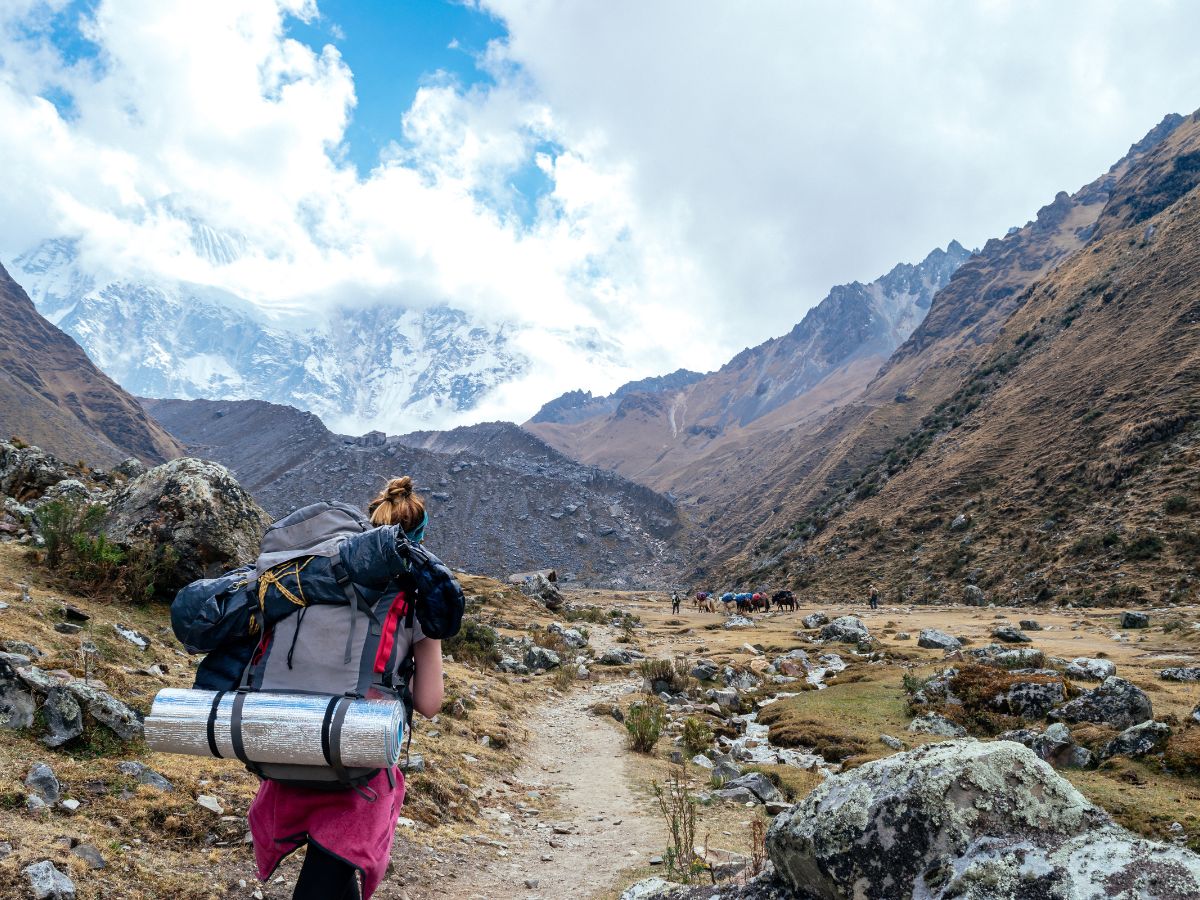
Humantay Lake
The Humantay Lake, located on the road to Machu Picchu, is one of the impressive glacier lakes that captivate all travelers with its turquoise waters, which are around the imponed hills and marvelous landscapes, something that adds natural beauty to your trip.
The roading to Humantay Lake is an adventure and challenging experience. As you start to the sender, you find a variety of abundant grassland and stoned terrains. The road to Humantay Lake offers you a panoramic vision of the Andes pikes and the Andine flora. We recommend you take the Humantay Lake Tour with us, for you can enjoy a lot of this lake.

Ausangate: The Apu of the Incas
Ausangate, is the fifth mountain most high in Perú, and for this reason, is denominated like an “Apu” (spirit of the mountain) in the Inca cosmovision. The attraction most famous is the Vinicunca Mountain and the Rainbow Mountain.
Make the Ausangate Tour is an adventure that lasts many days and brings you to the peaks, glaciers, and local communities in this mountain. This experience offers a unique experience of the traditional Andine life in the Peruvian Andes, if you ask what to do in Cusco this is something that you can lose.
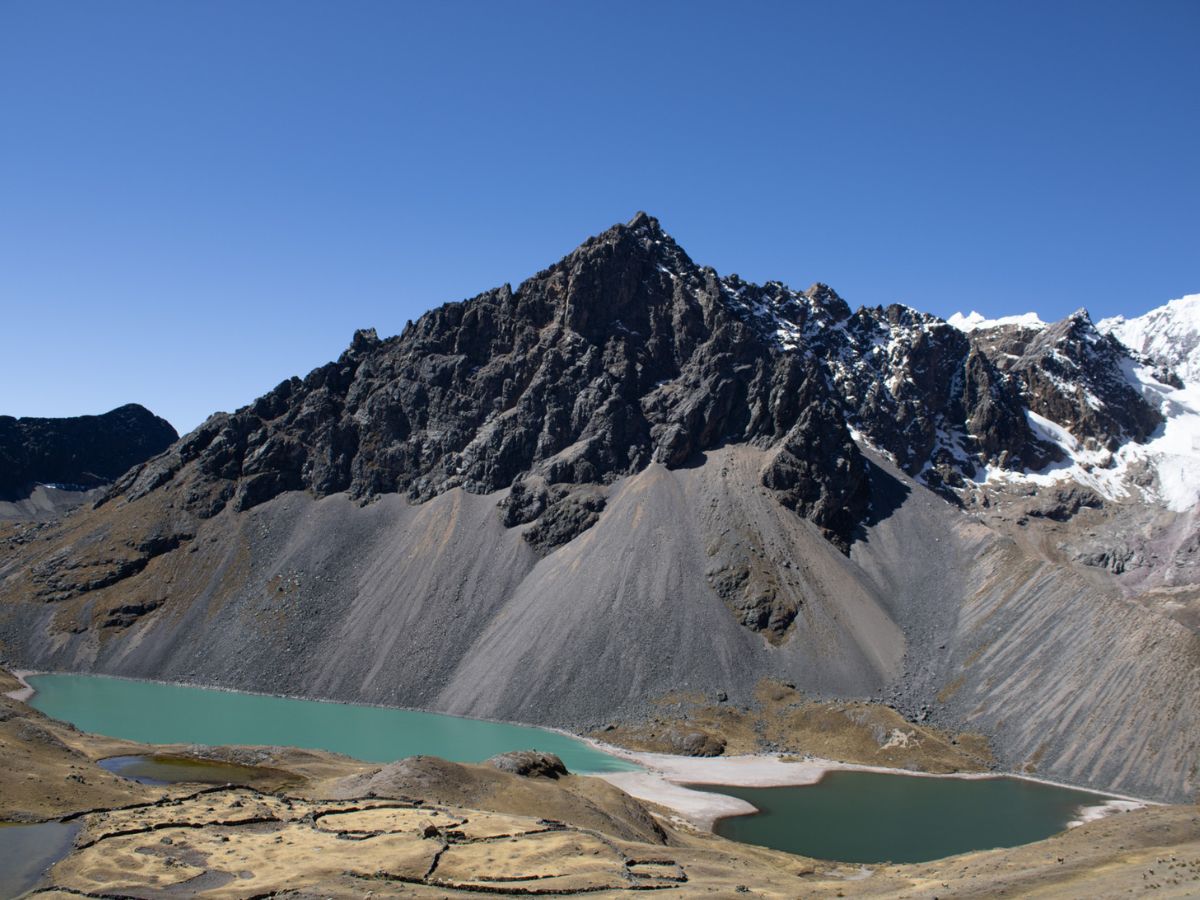
What to do in Cusco: Other Activities
Escenic City Tour Cusco
The Escenic City Tour Cusco is going like a window of the past, carrying the visitors on a fascinating trip by the monuments, squares, and temples. Know Cusco from a different point of view and appreciate more of the traditions accompanied by a workshop on Pisco Sour in our Escenic City Tour Cusco.
The City Tour in Cusco starts in the emblematic Plaza of Armas, where one of our guides tells you all of the fascinating history. Then, we walk to Av. El Sol to the temple of Qoricancha. Abording the Scenic Bus in the “Estación 180”, enjoyed the panoramic views of the Cristo Blanco. On the road, suppressive, is gonna appear characters of the Paucartambo Fest and other traditional dances. The last point is “Qenqo Restobar”, which brings you a demonstration and degustation of the famous “Pisco Sour”, culminating this unique experience of the Escenic City Tour of Cusco.
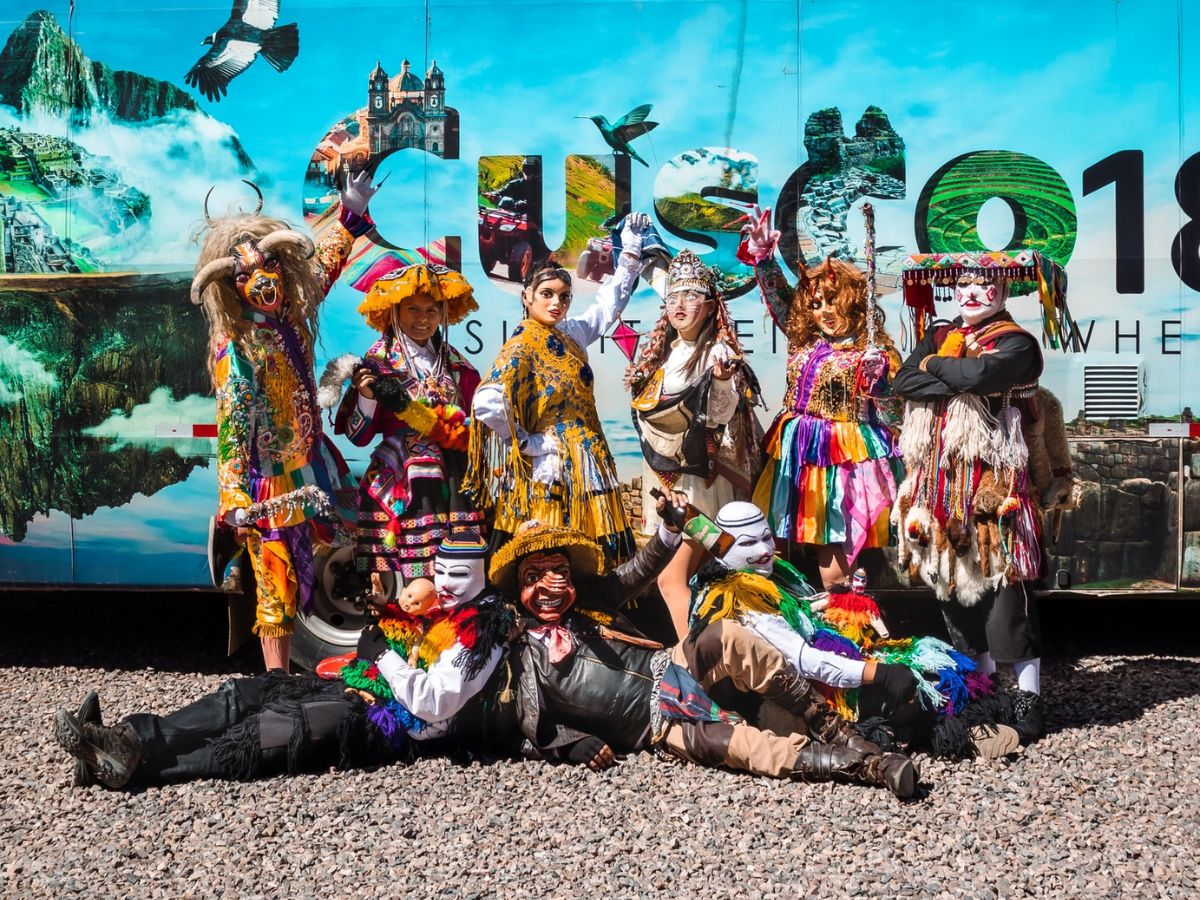
Inca Queswachaka Bridge
Inca Qheswachaka Bridge was built in the Quechuas era, originality was made by the Q’oya or chirua (straw) that formed the q’eswas (ropes) holding with trunks and a stone structure, demonstrating the engine fusion and the Andine tradition. In actuality, the bridge symbolizes the connection between the persons, this land, and their history.
The Tour Queswachaca permits you to explore the beautiful Lagoons of Pomacanchi, Acopia, Asnaqocha, and Pampamarca. Then, you can visit the volcano of Pabellones near Yanaoca which culminated in the crossing of the Inca Queswachaka Bridge above the Apurimac River, built with vegetable fiber (called Ichu). The experience included the opportunity to cross a surprising bridge. On the return to Cusco, you can visit the archeological site of Rumiqolqa, which is possible of the Tiahuanaco-huari civilization and posteriority worked by the Incas with carved and polished stones.
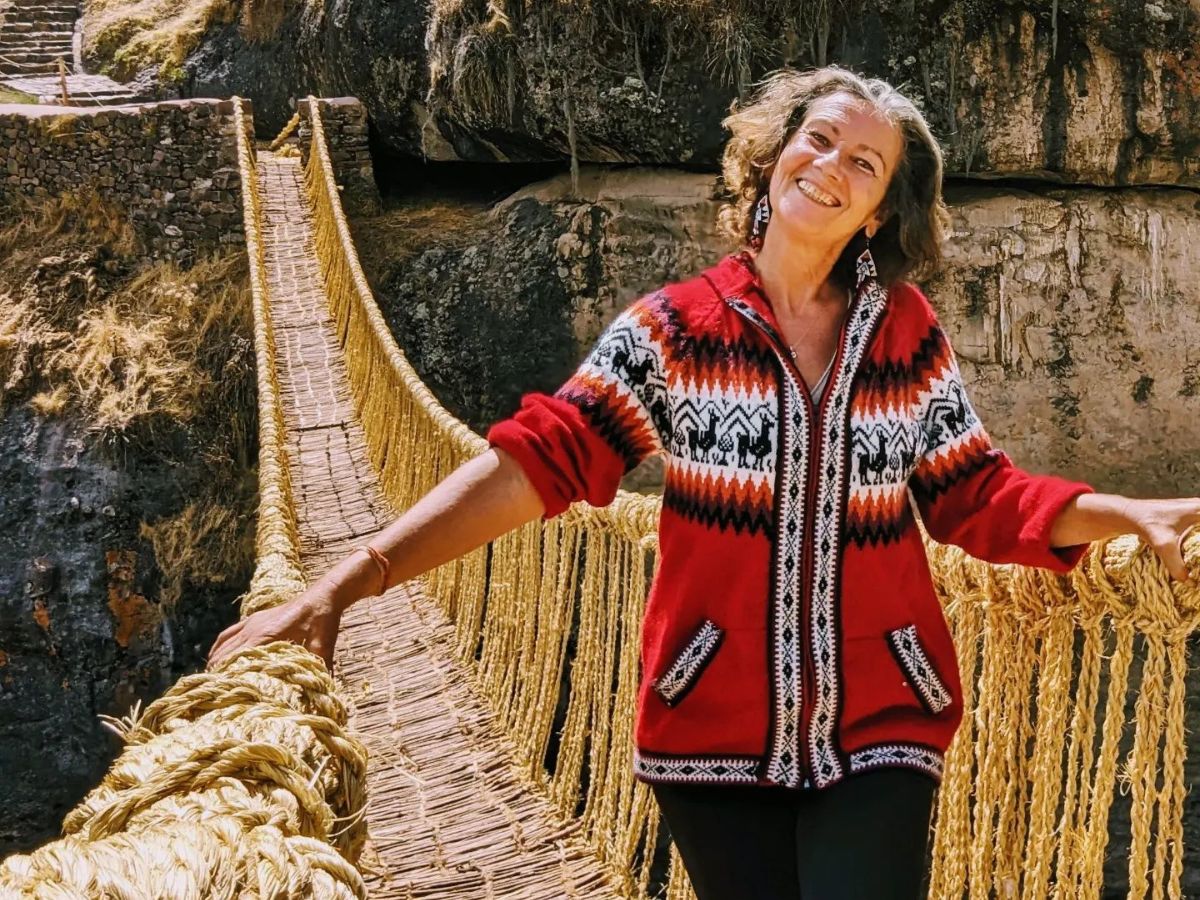
Andean Wedding
The Andine Wedding is practiced by the native communities in the Peruvian Andes and is a unique spiritual ceremony that brings you to sacred places because of the energy that these transmit and the spiritual significance. In this deep compromise, the couple that desires to realize the Andean Wedding, convert in the reflection of the sun and the moon, uniting their hearts and spirits for all eternity, with the blessed and guided by the protectors of the mountains, the “Apus”.
This ritual is for love preparation, like a purification with medicinal plants and blessings that symbolize the perfect union between the couple. The ceremony honors the Madre Tierra (Pachamama), expressing respect and gratitude, invocating the protection and desires felicity of the couple. The place should be near the mountains because of the search for the blessing of the Apus. The offer to the Madre Tierra, which includes vegetables and animal products, is a fact of gratitude for the blessing to the couple.
Finally, both of them tie sashes around their hips, symbolizing the union forever, followed by a toast to celebrate the happiness of the union in front of the Apus. If you don’t know what to do in Cusco, this is one of the more exclusive experiences that you can enjoy in Cusco City.
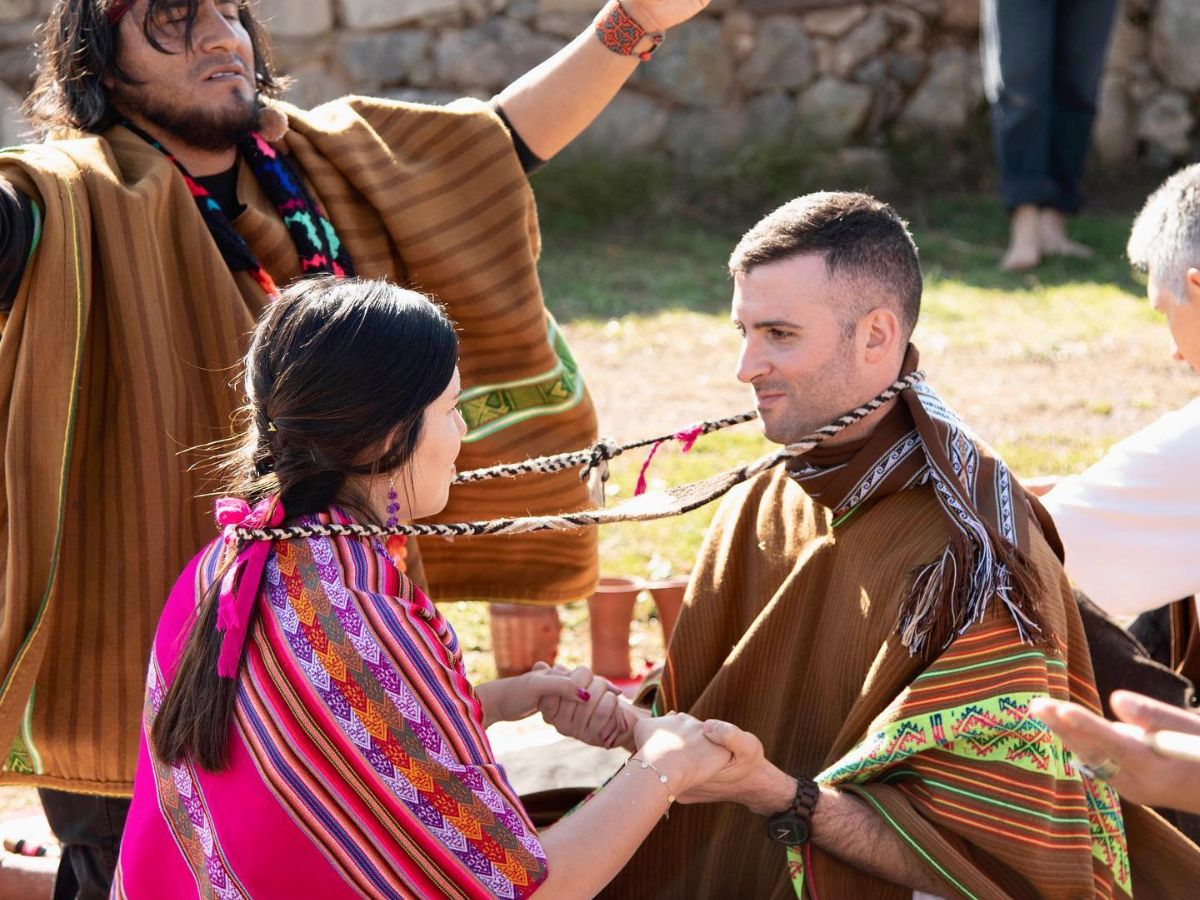
Cusco is a destiny that fusion history and natural beauty. Ready to experience this unique trip? In Machu Picchu Perú Tours offers you the perfect guide for discovering the magic of Cusco. From personalized tours to trip advice, we are here to make your adventure in Cusco an unforgettable experience. This is the perfect list for knowing what to do in Cusco, so you need to use it.
Explore more tourist destinies and more of Perú in our travel blog and plan your next trip with us!



